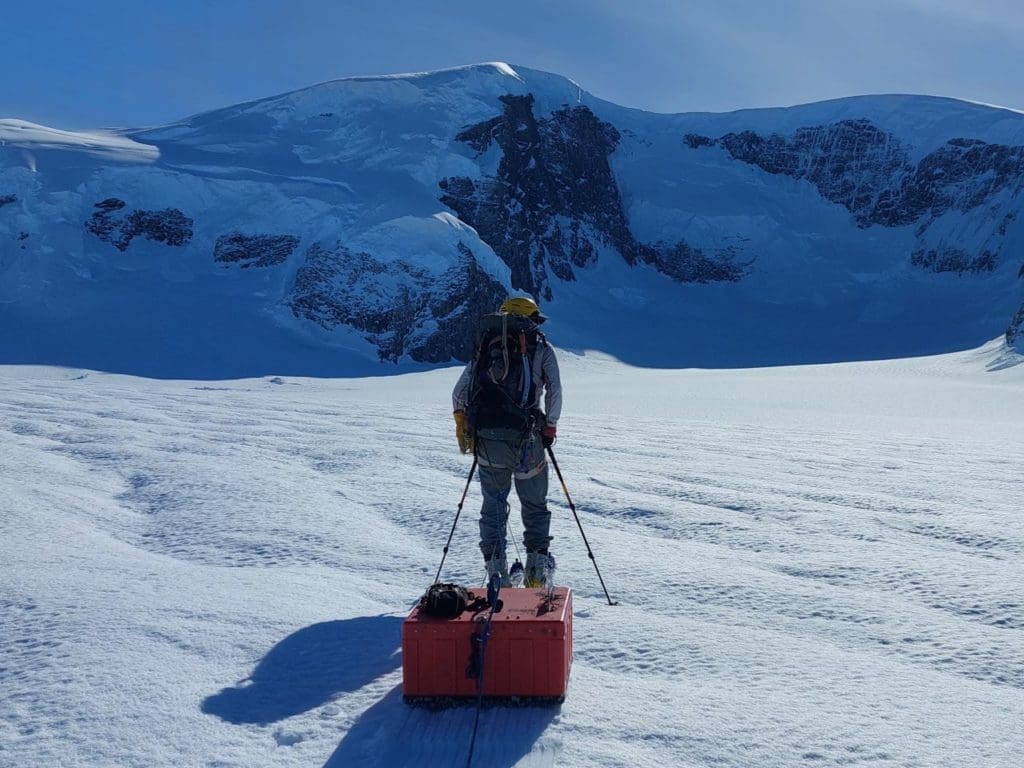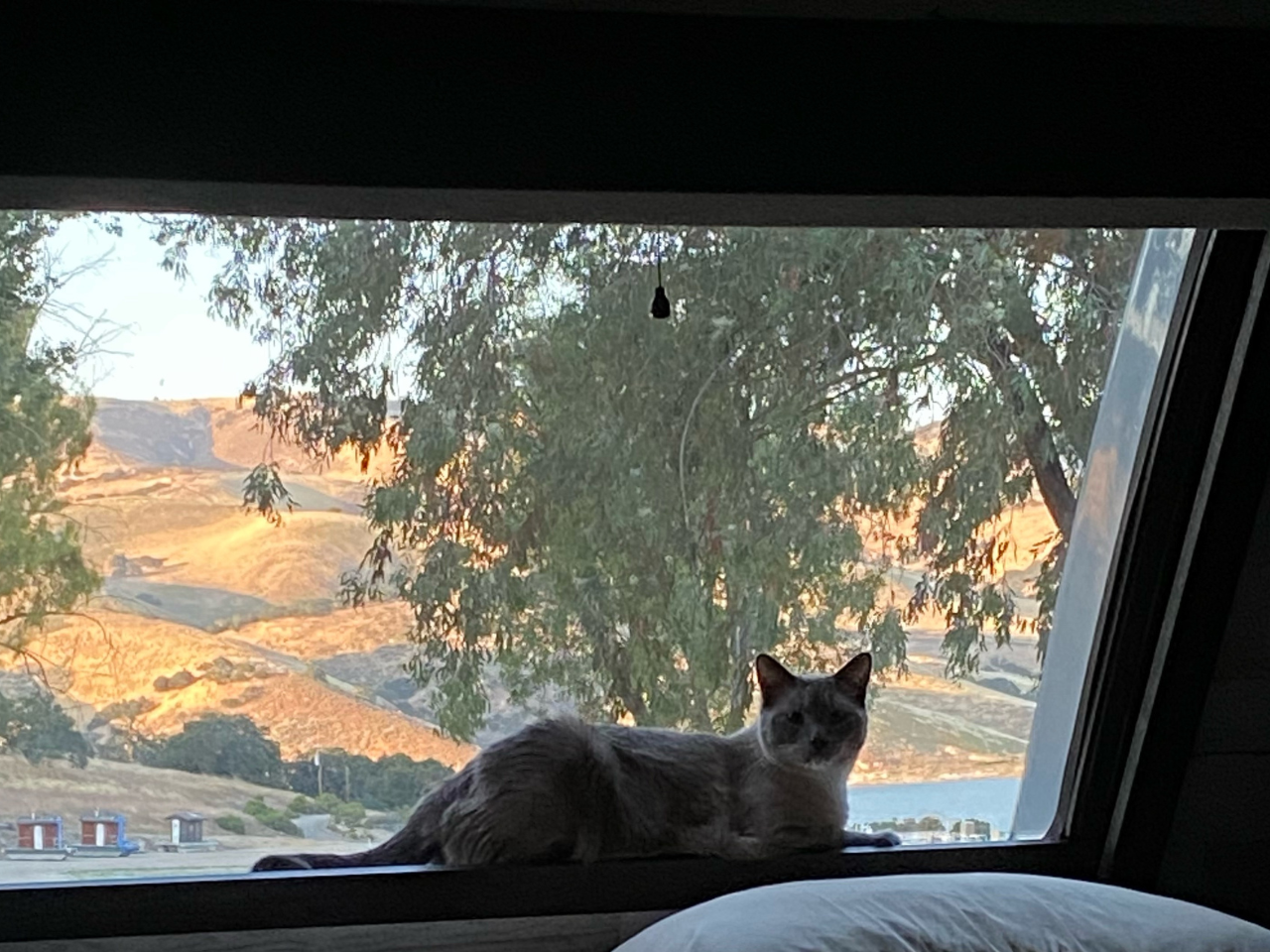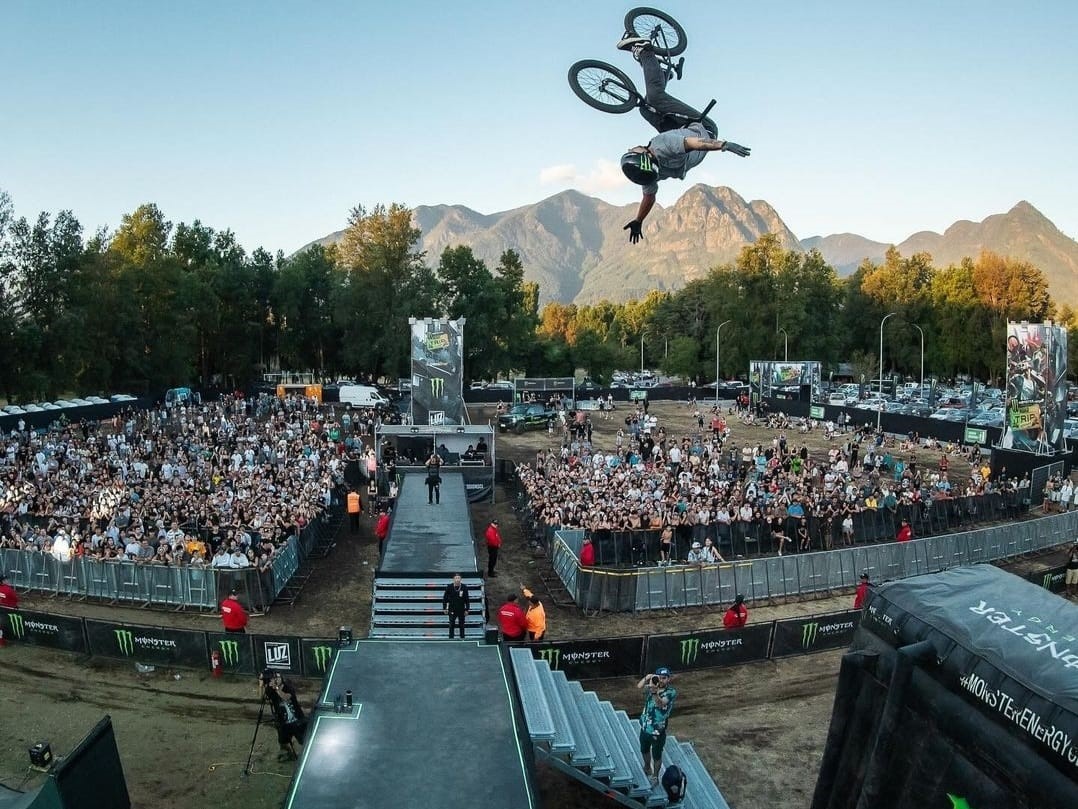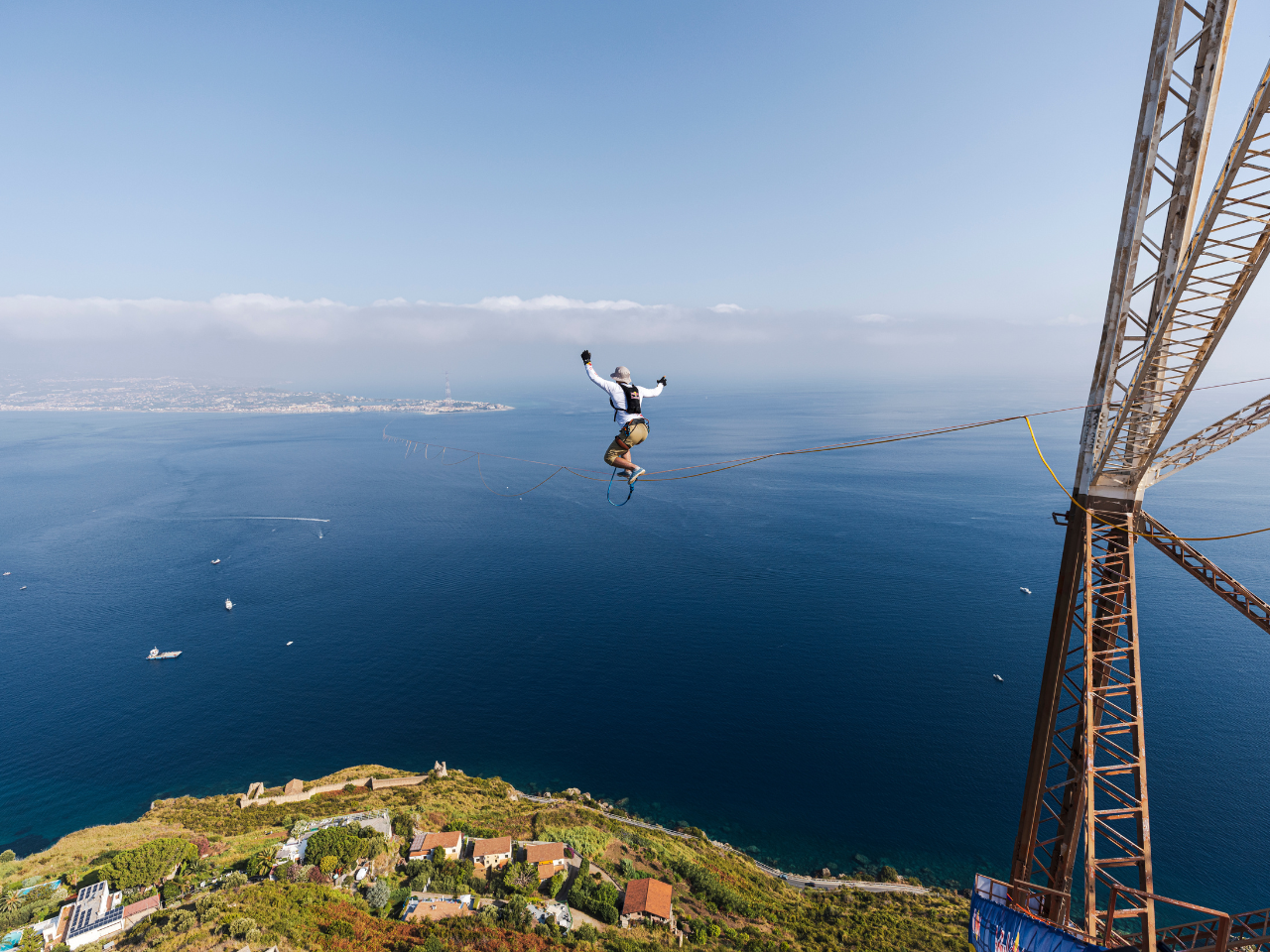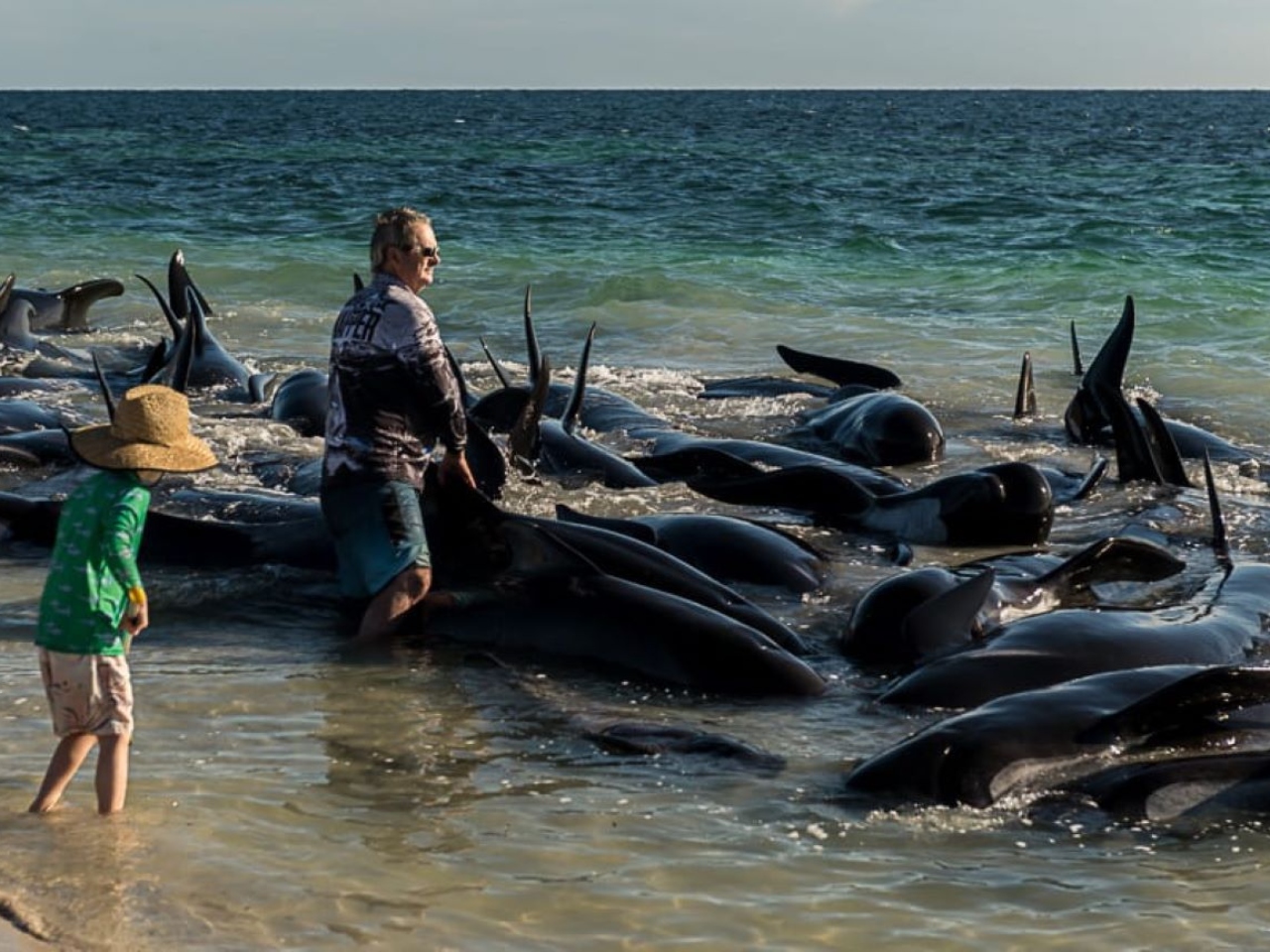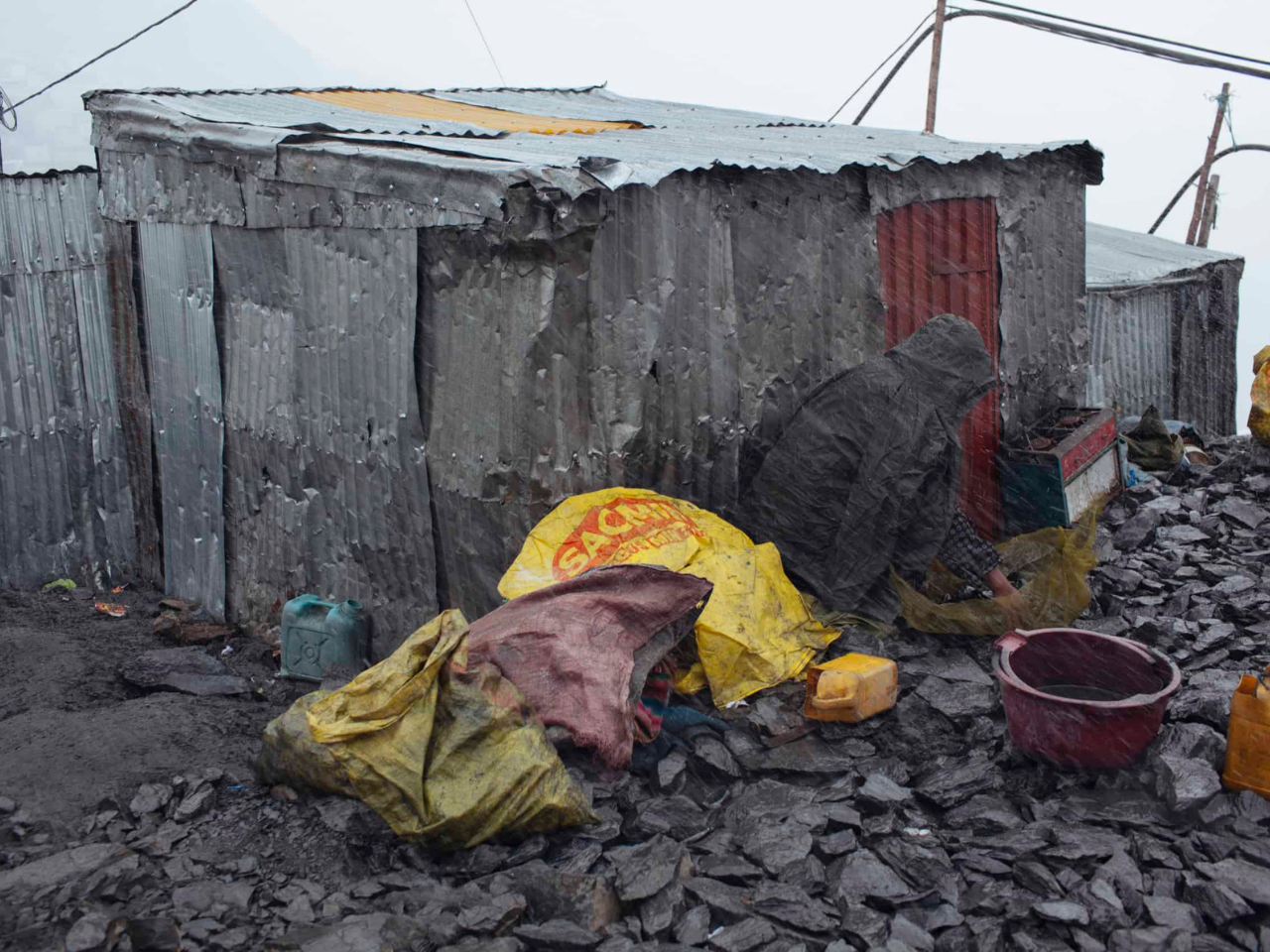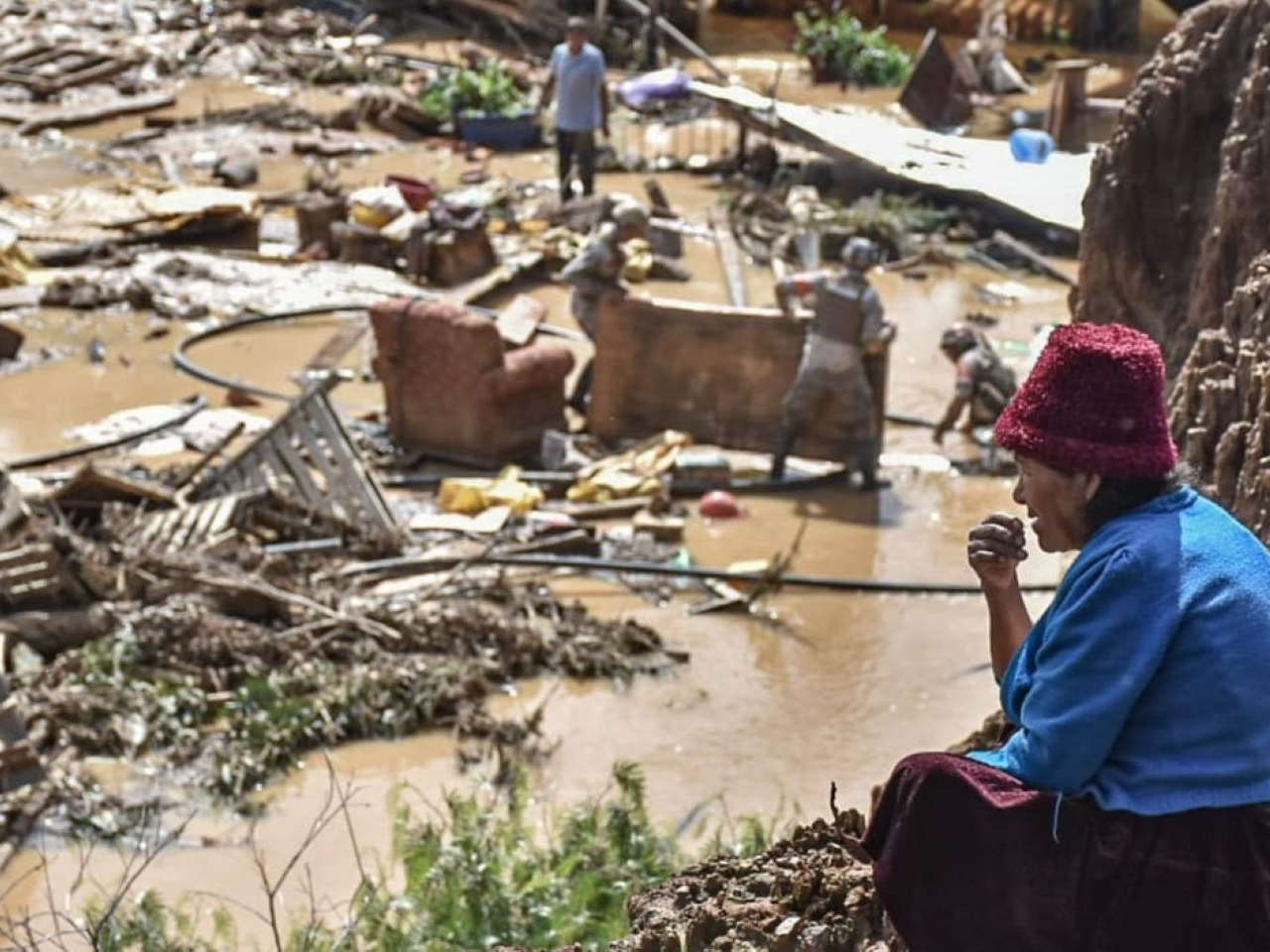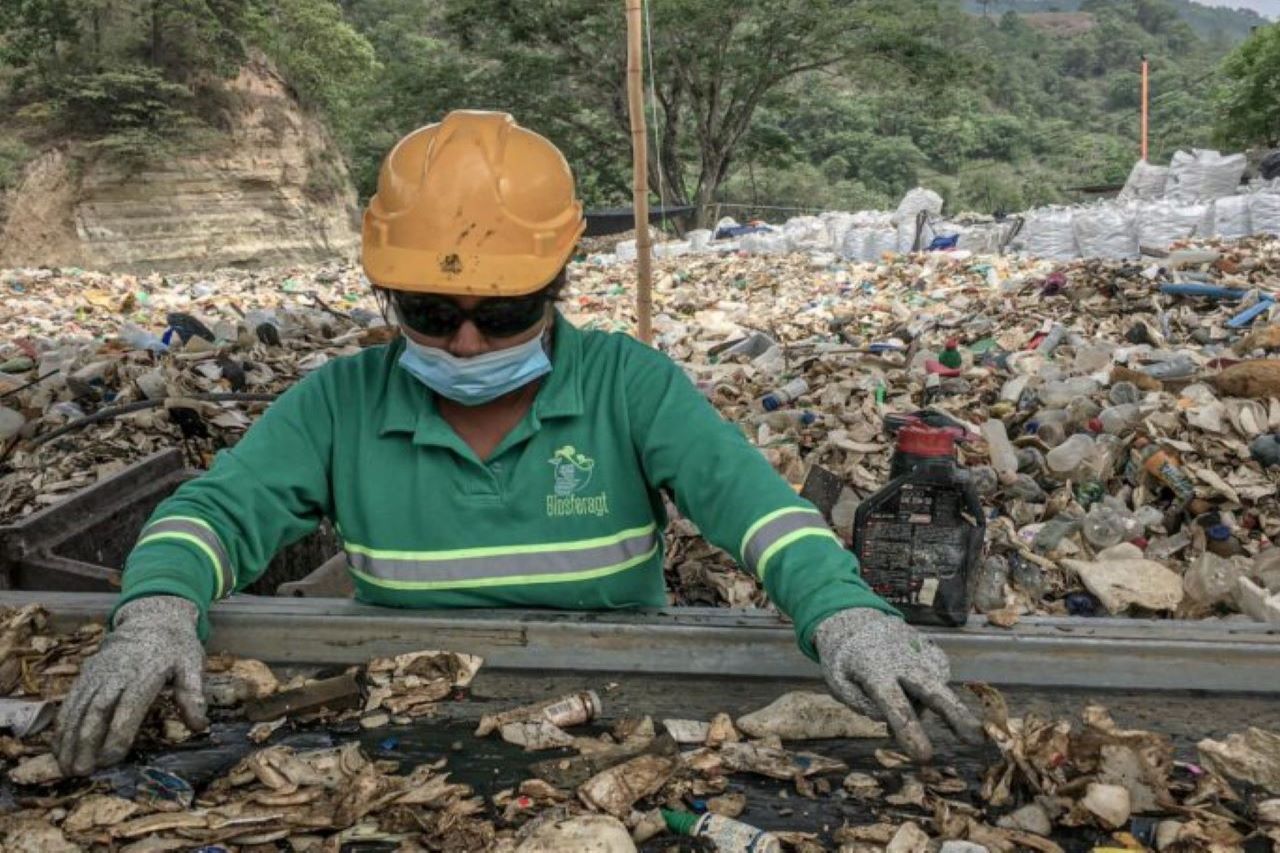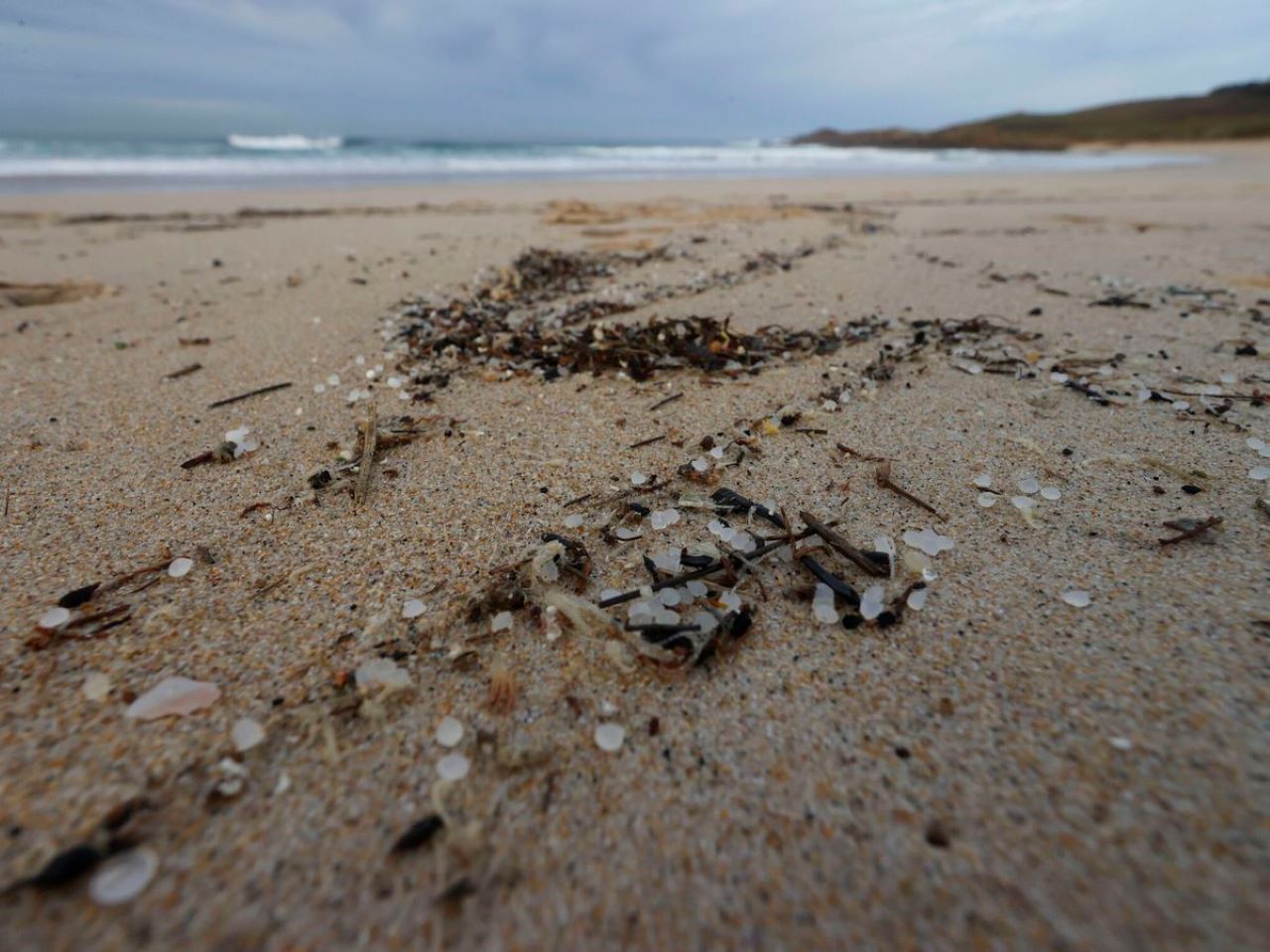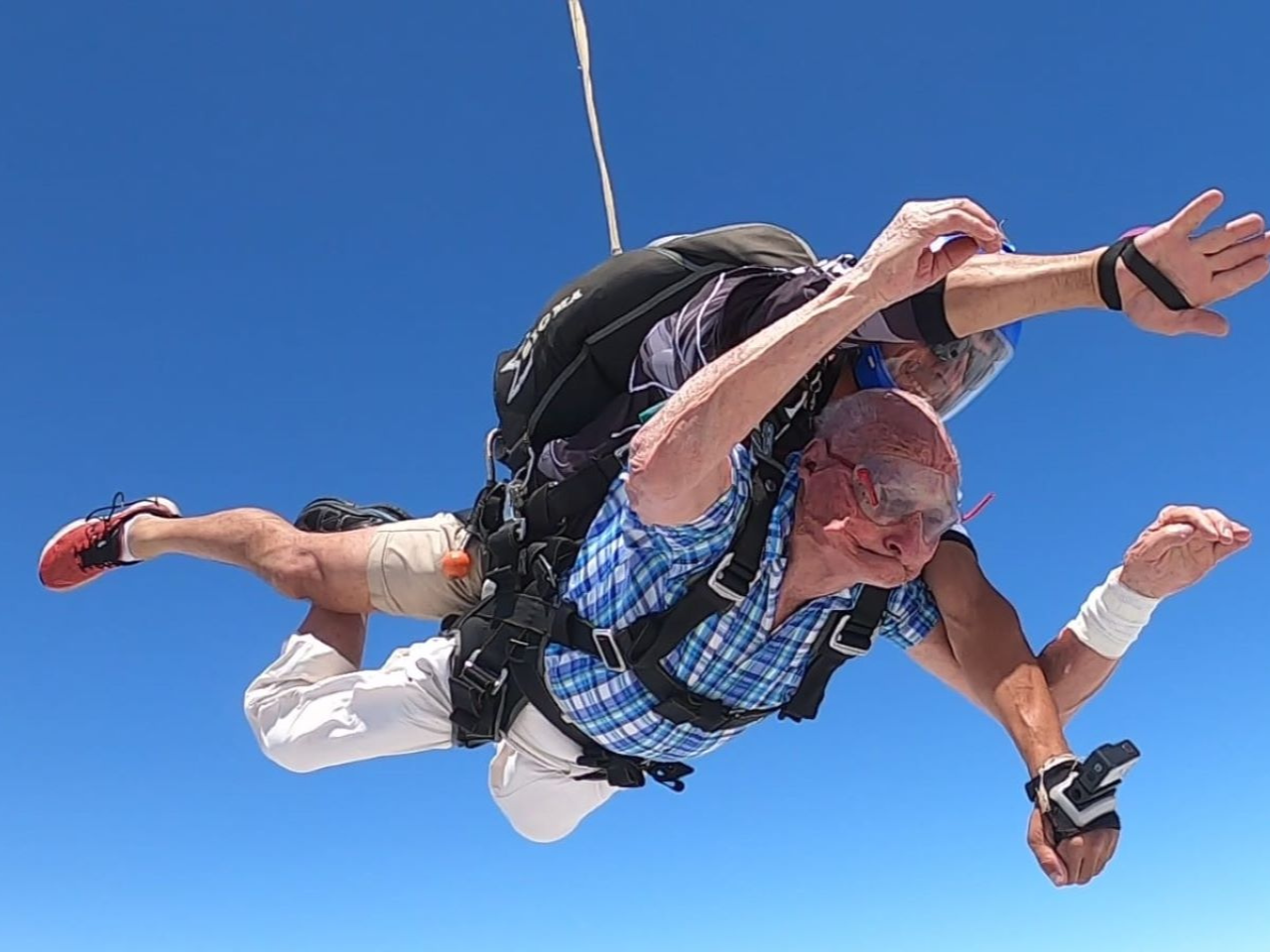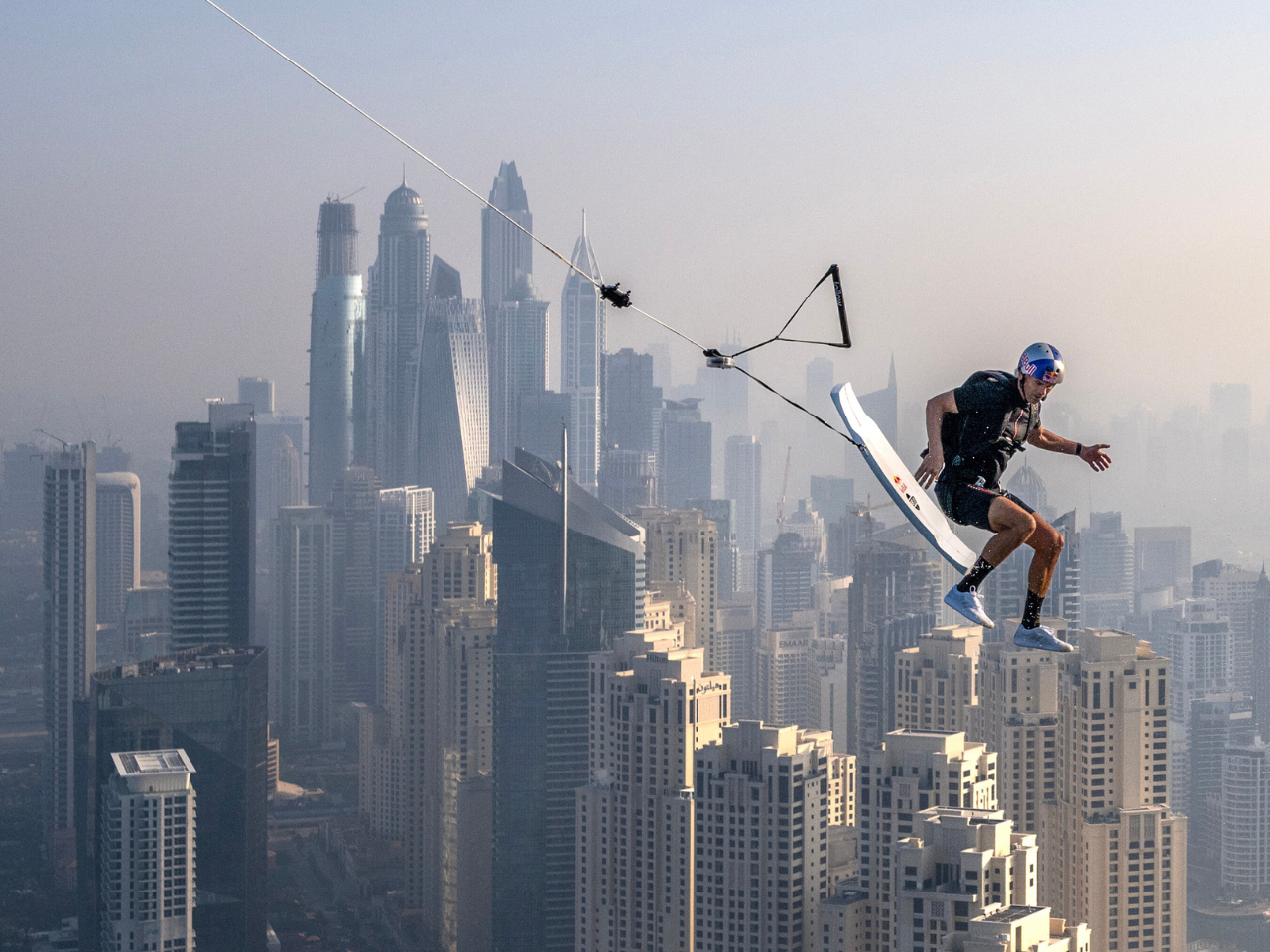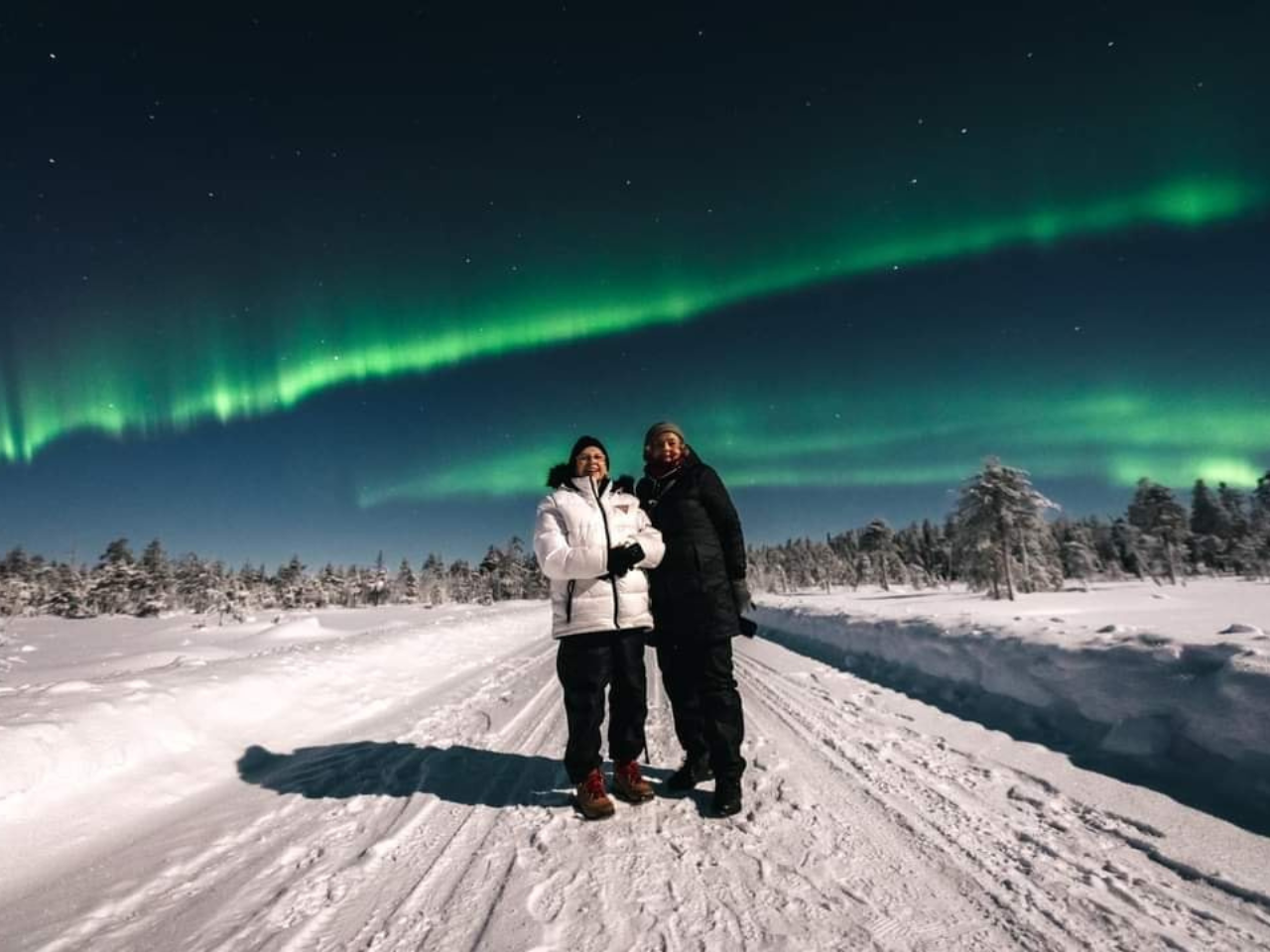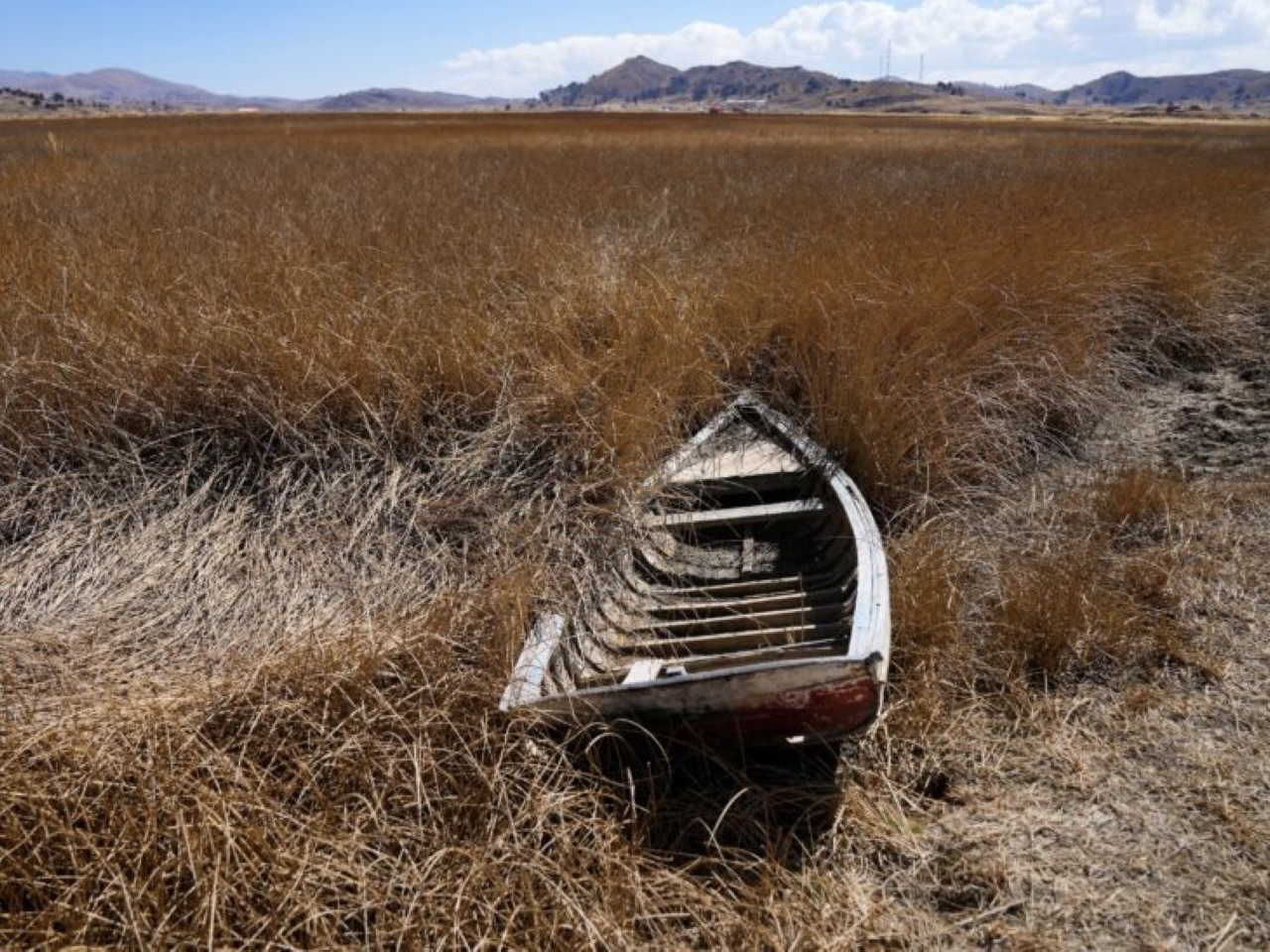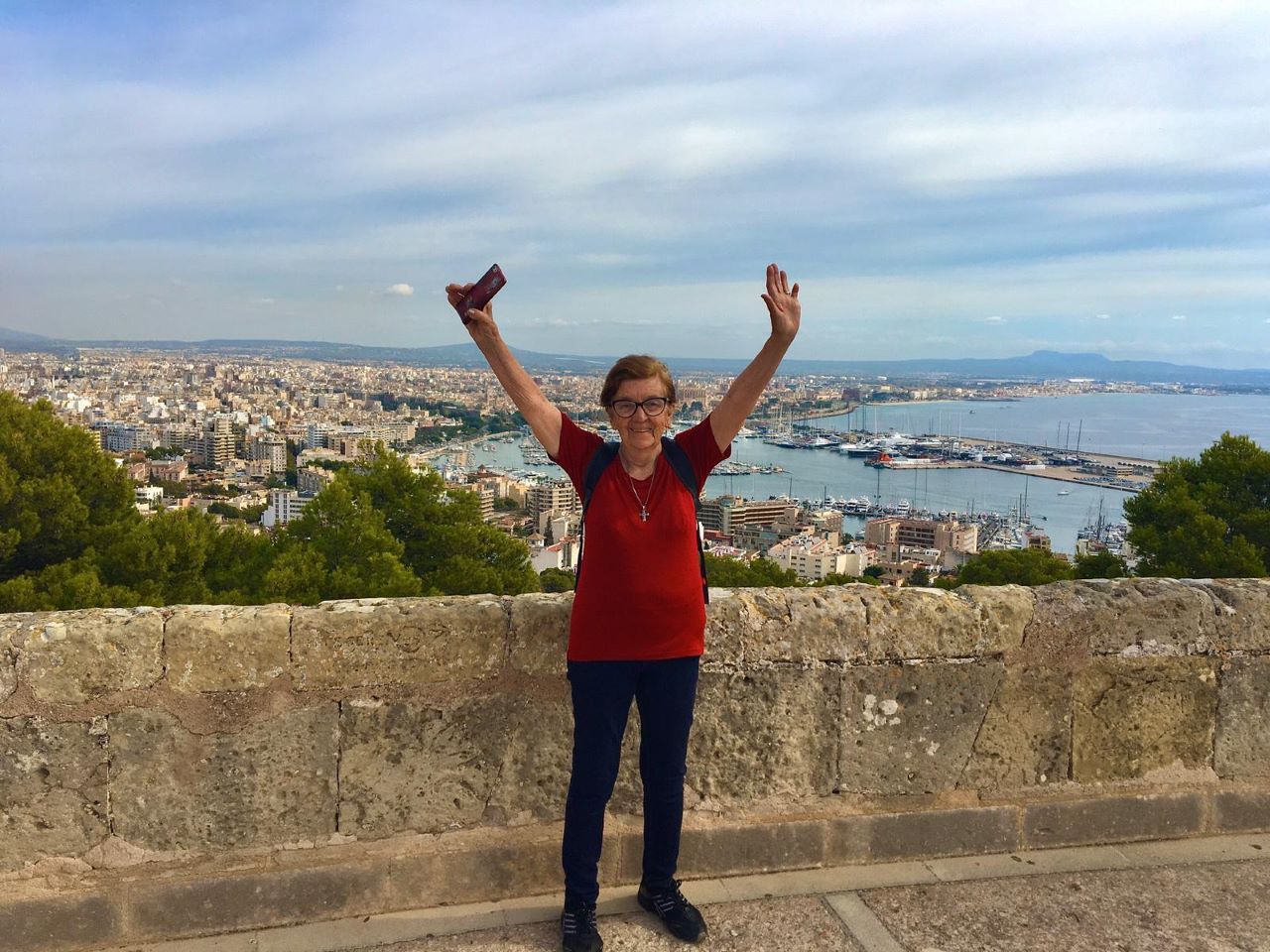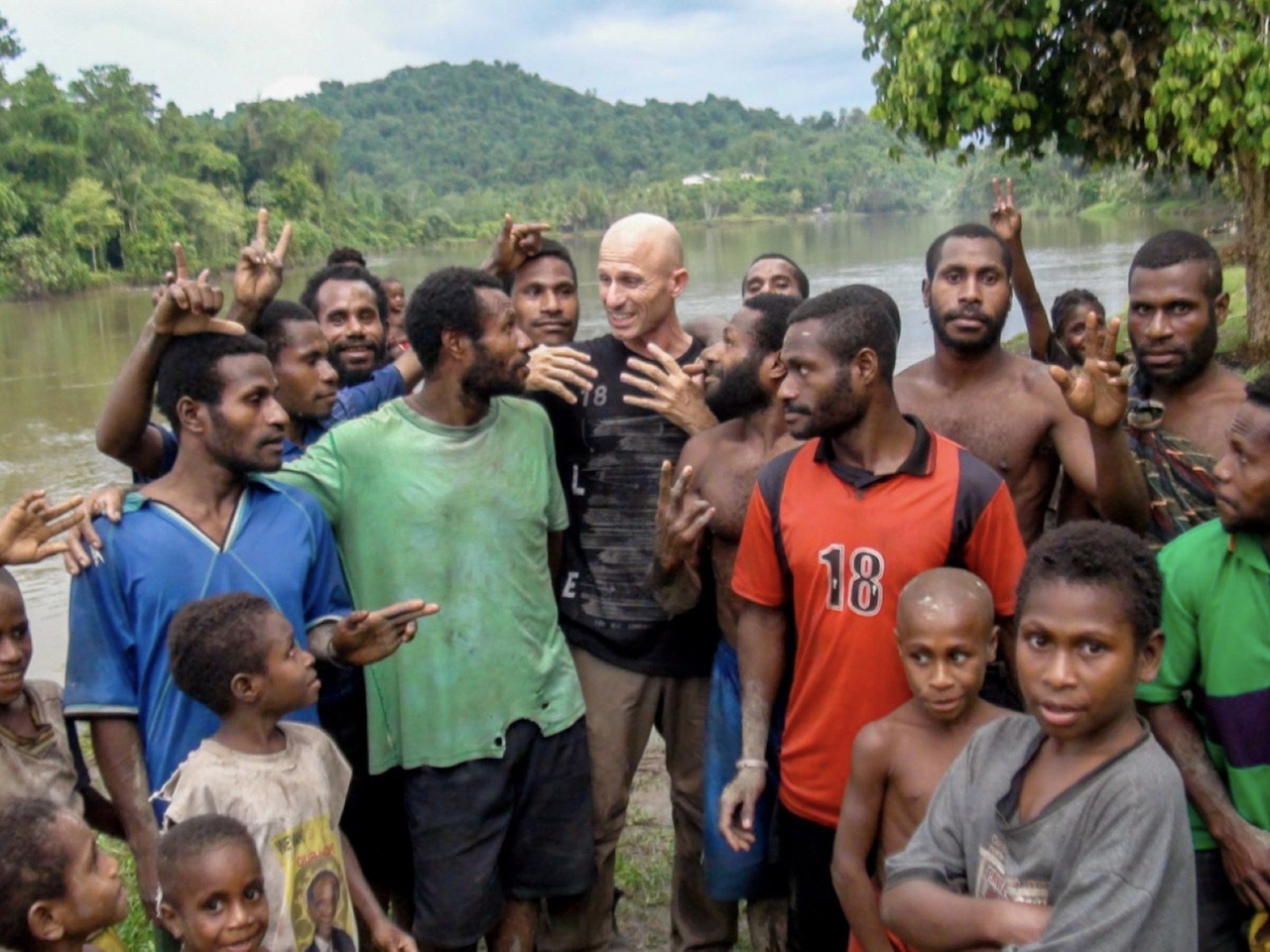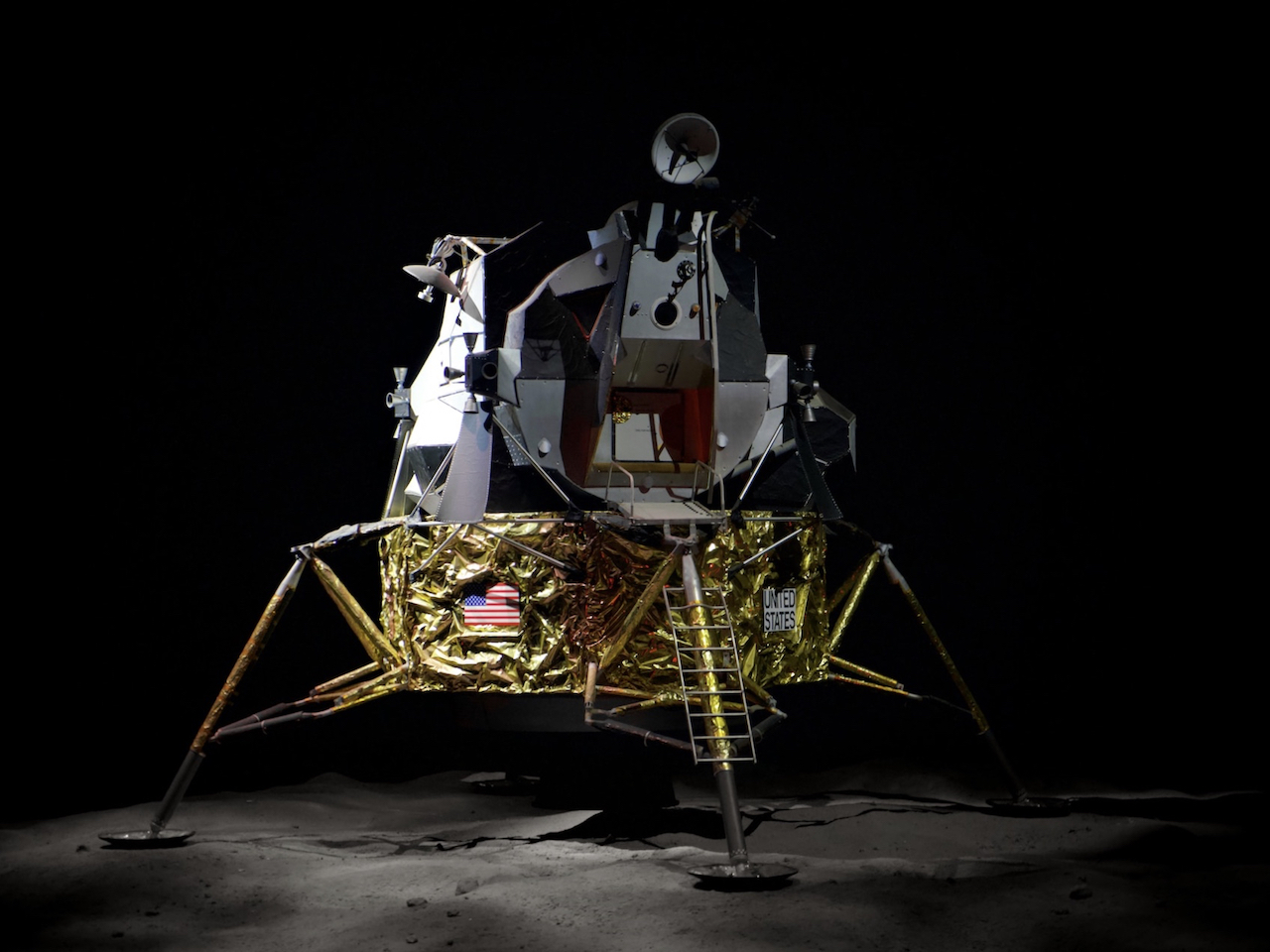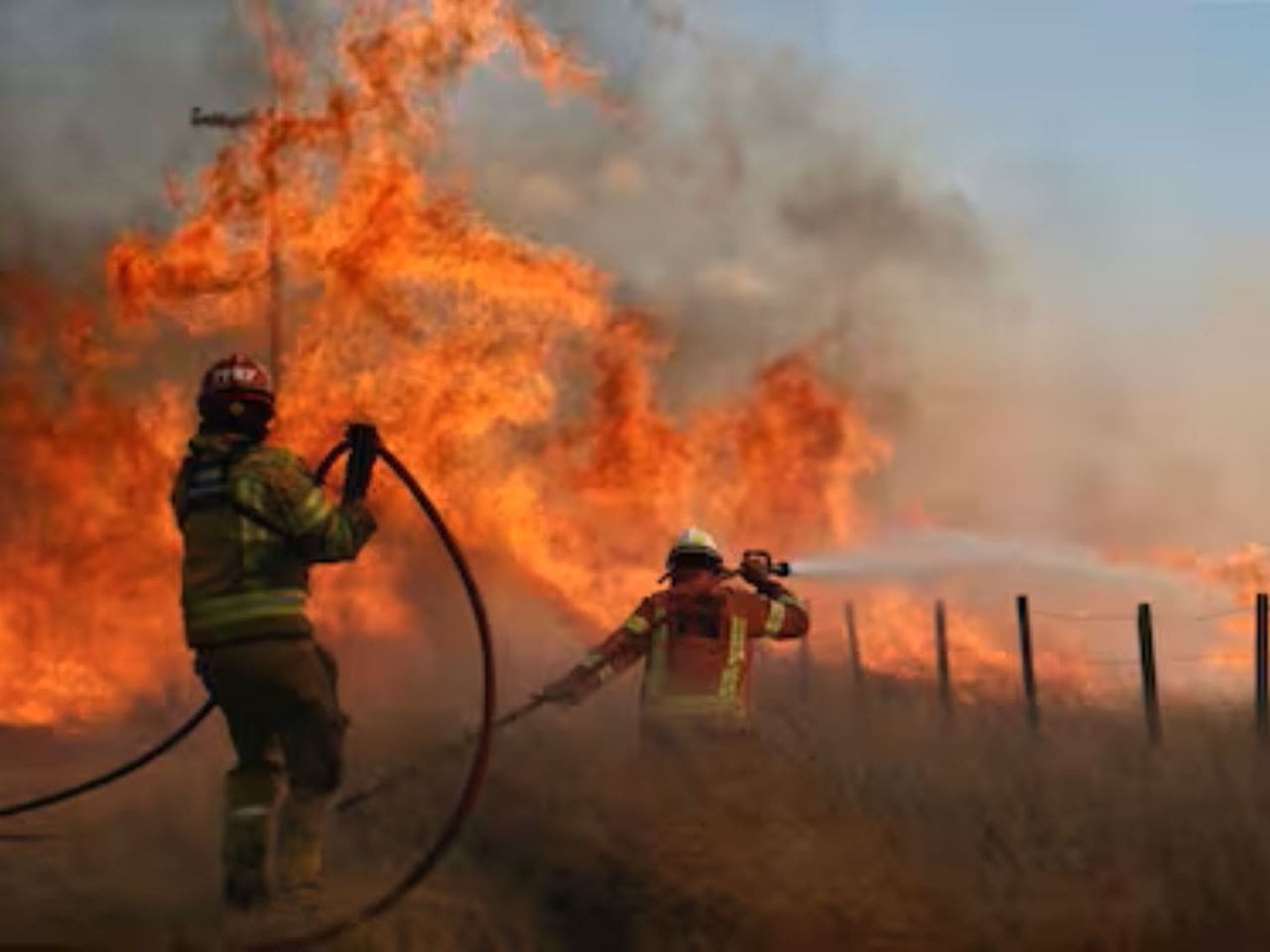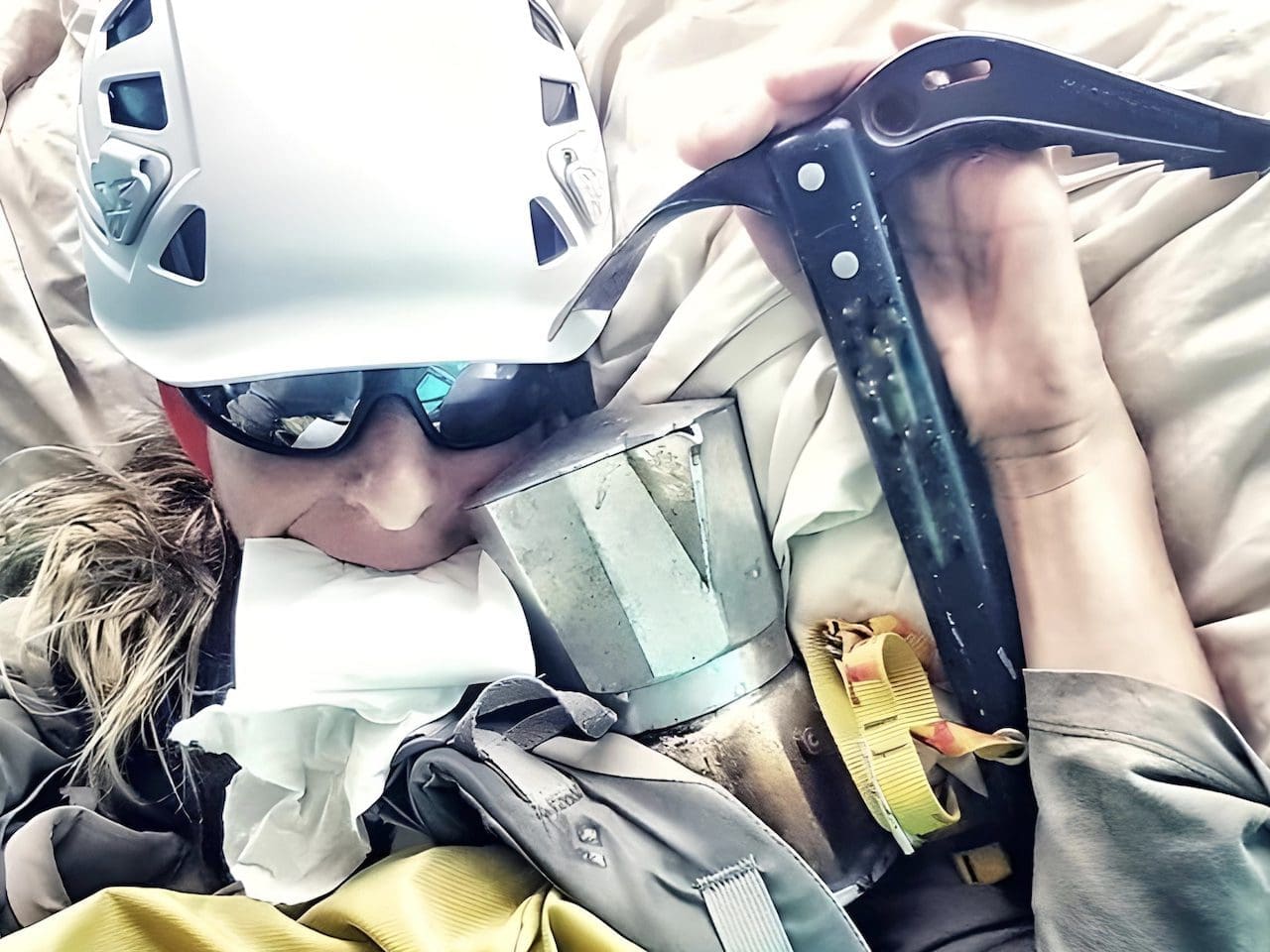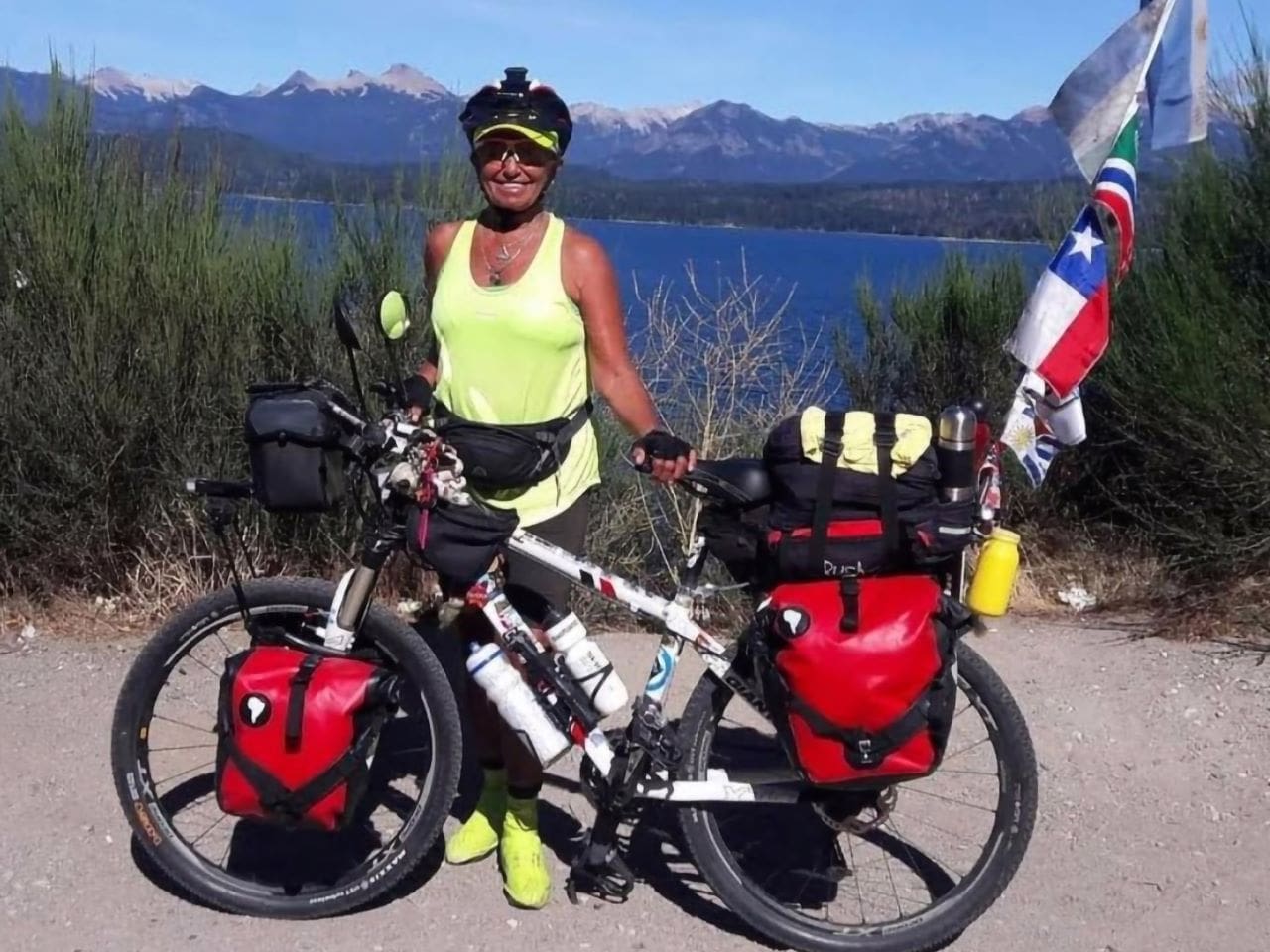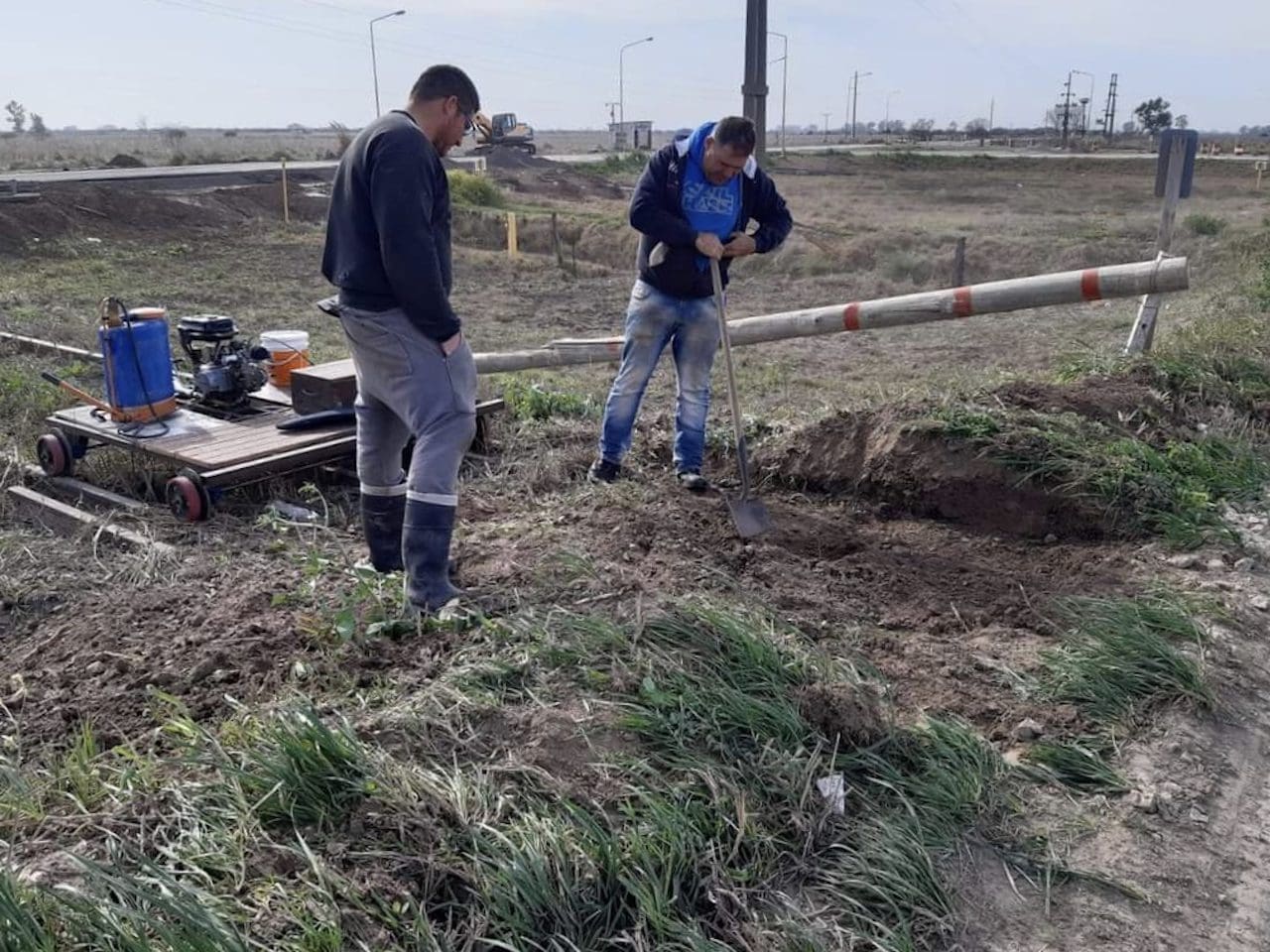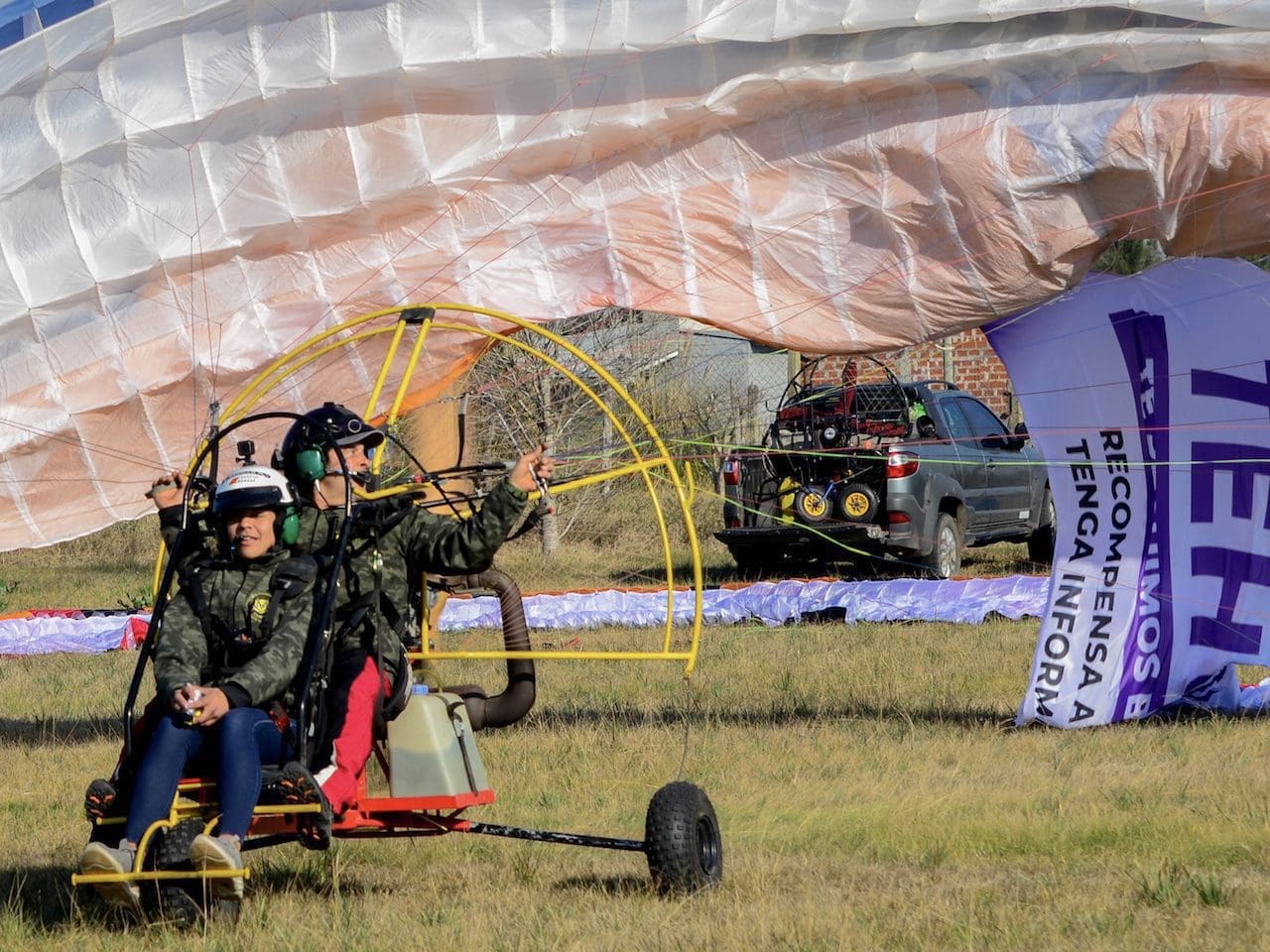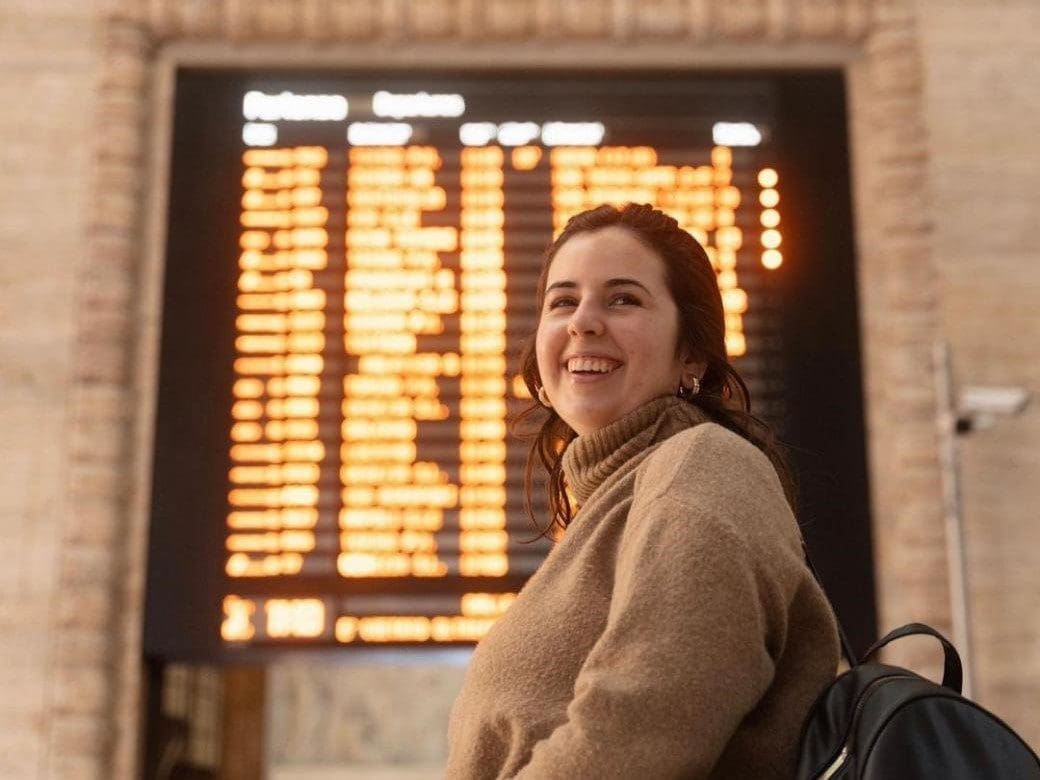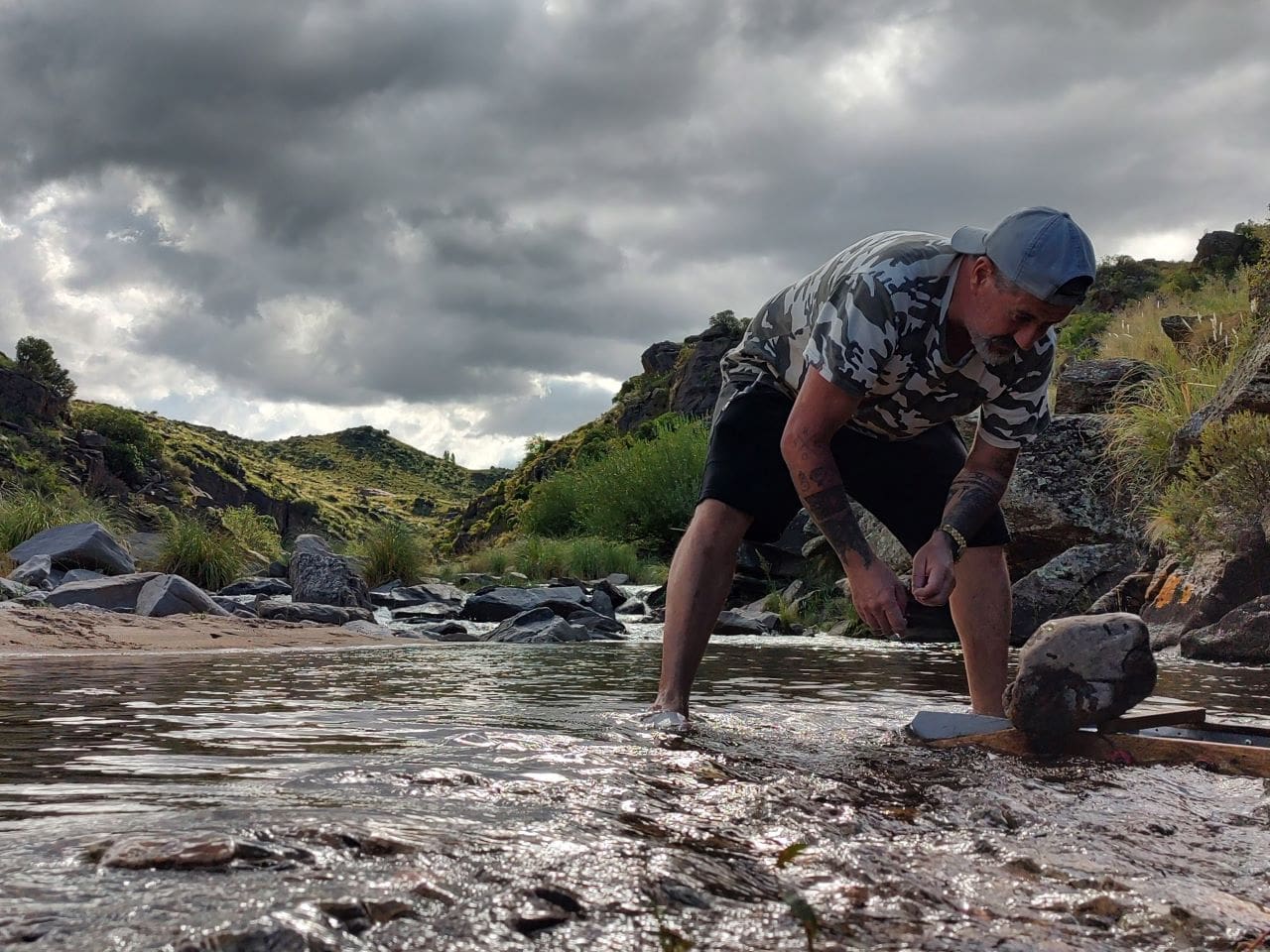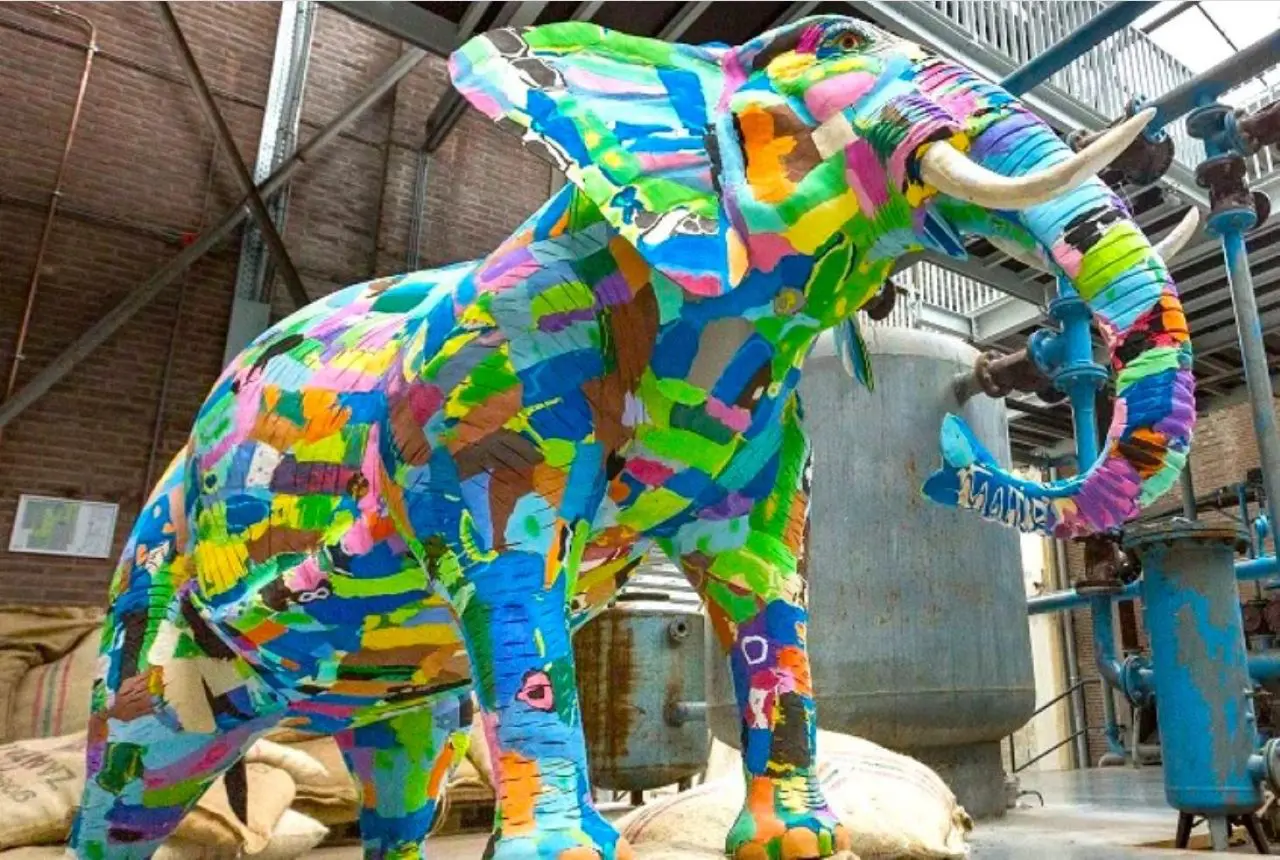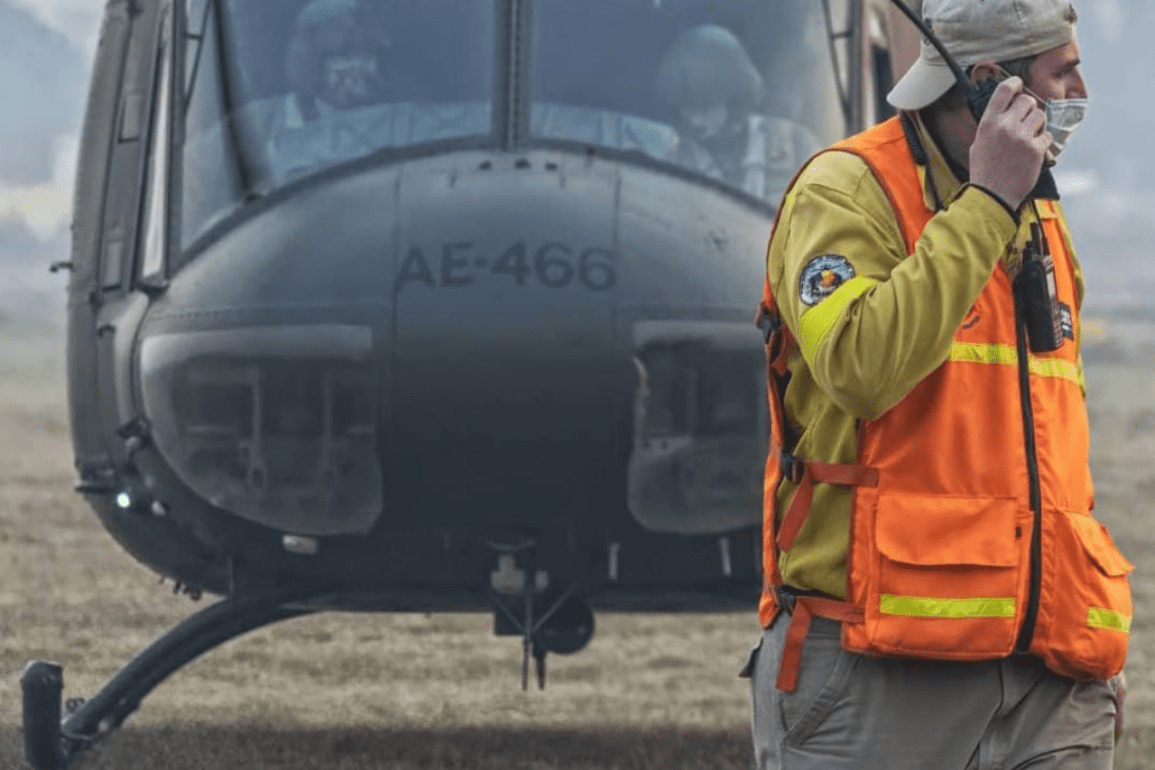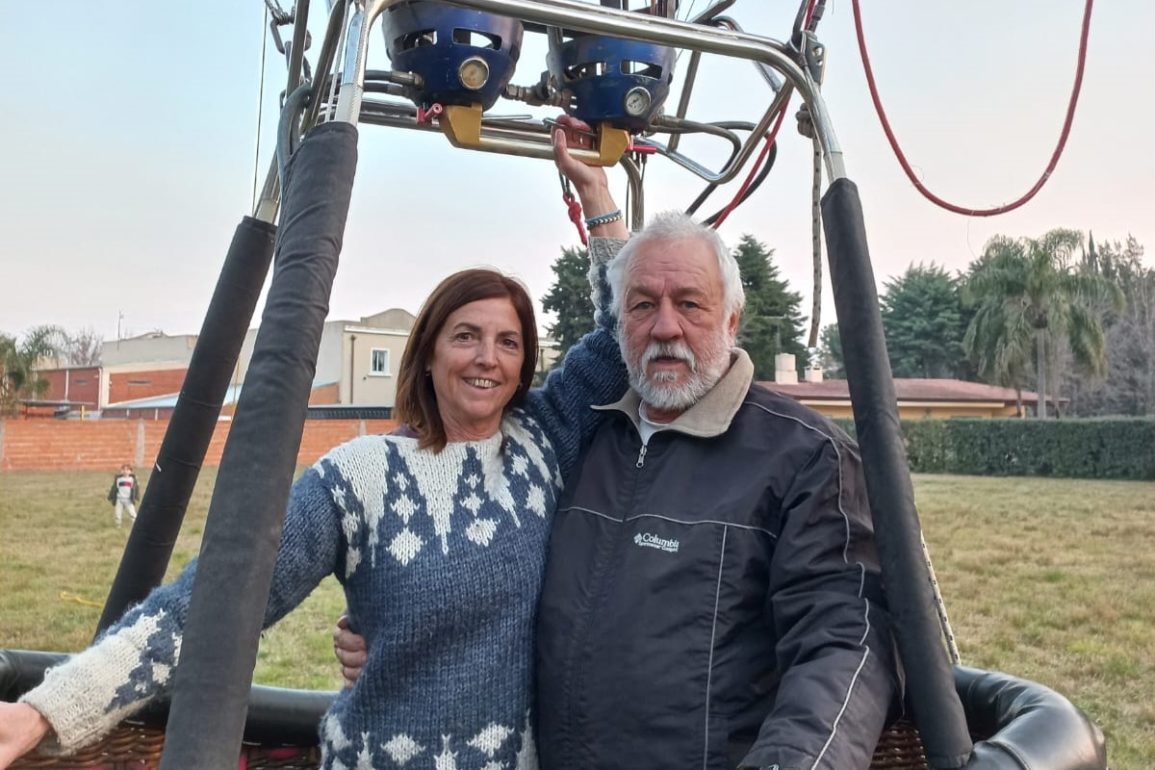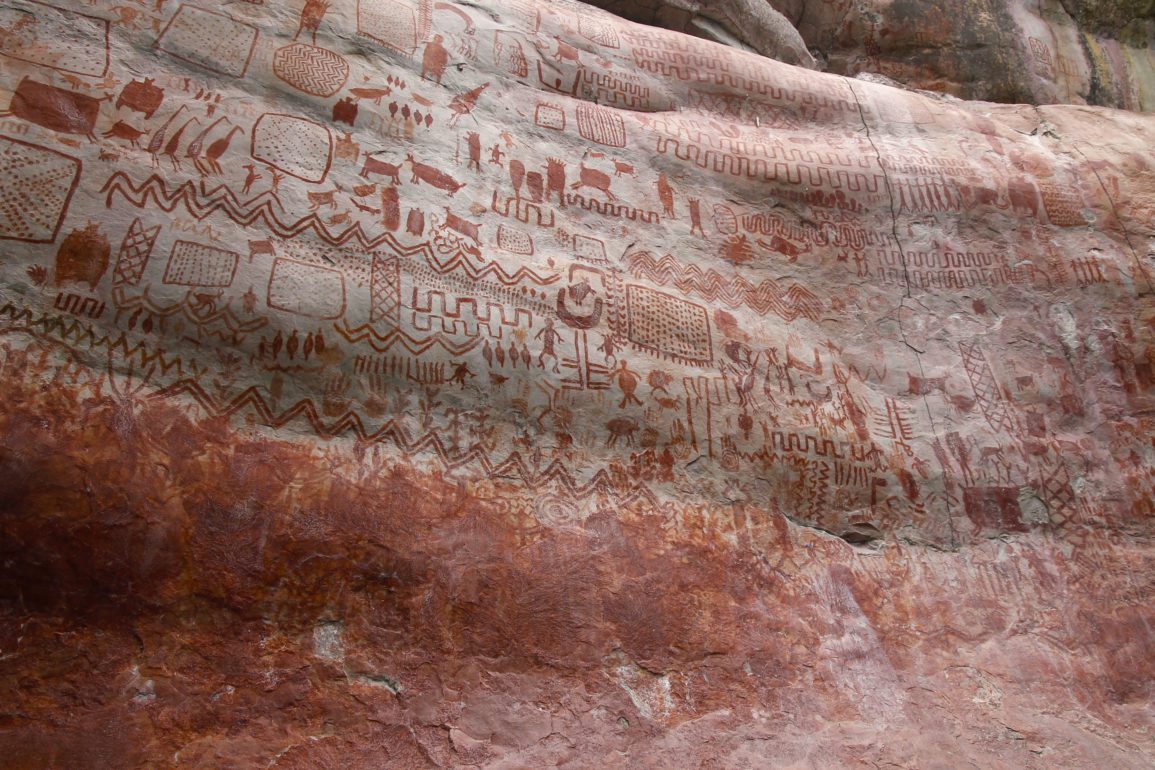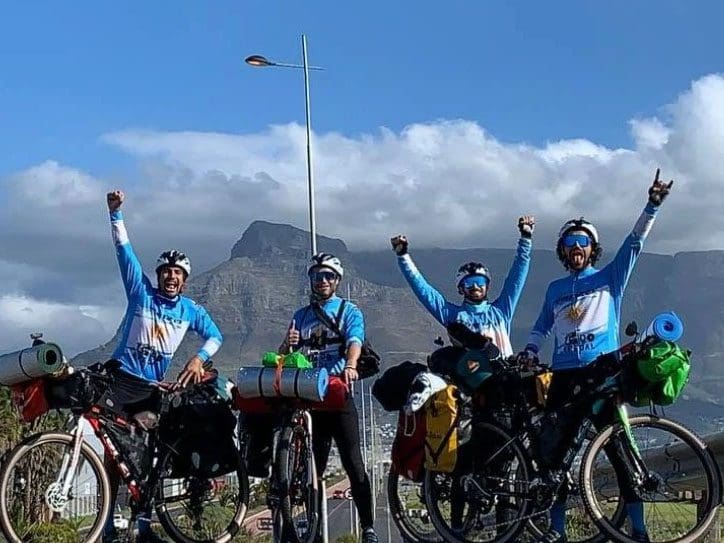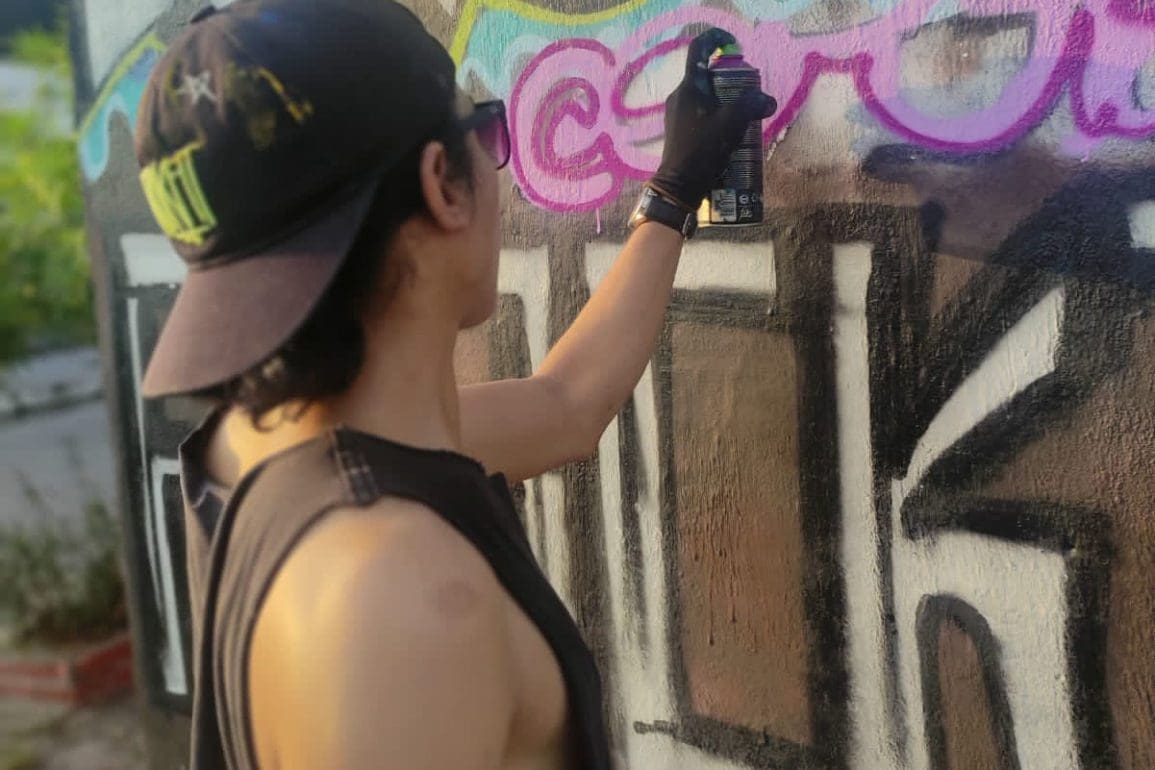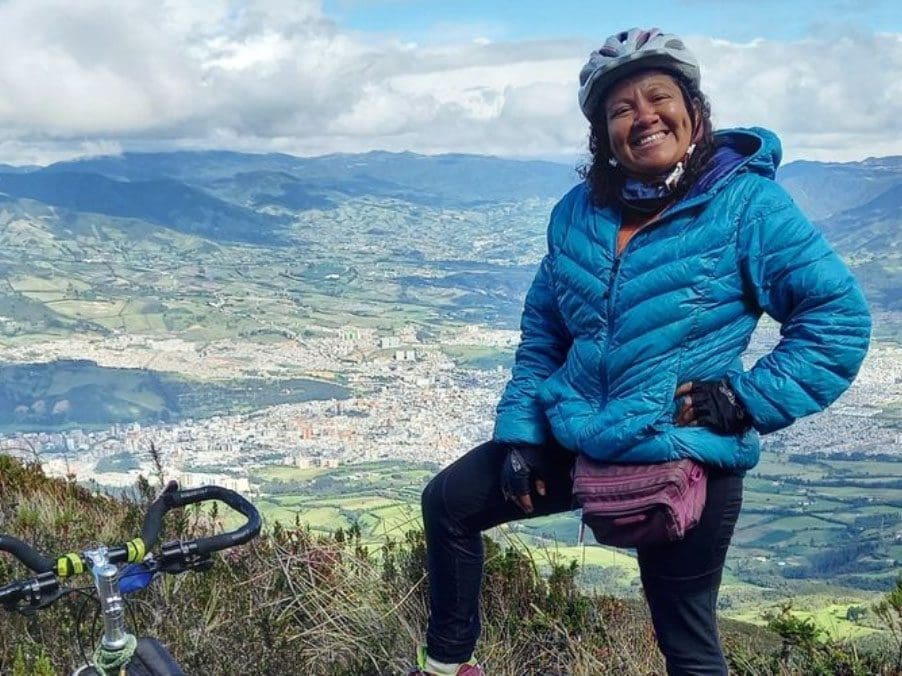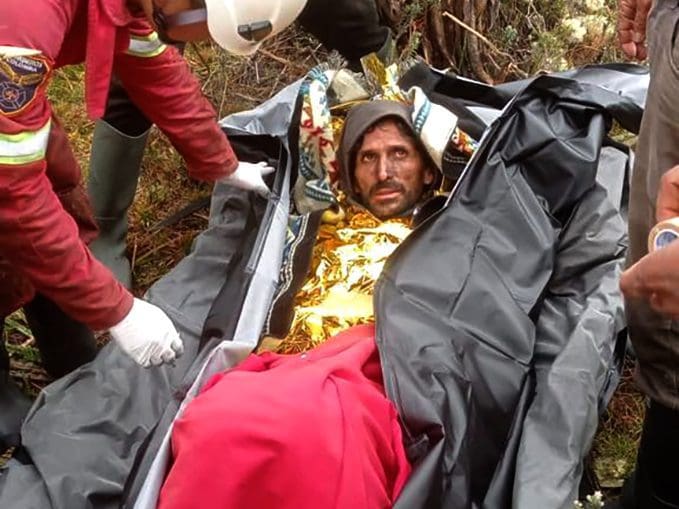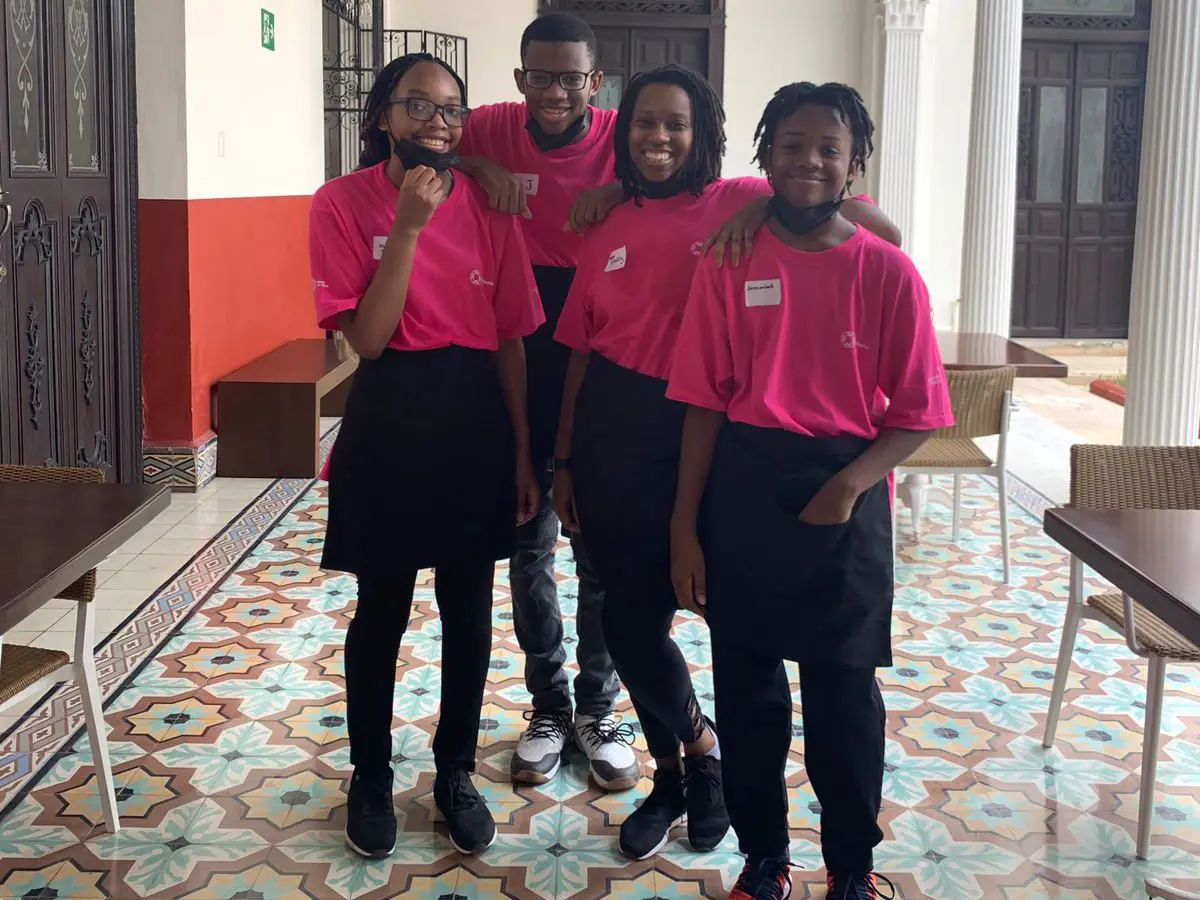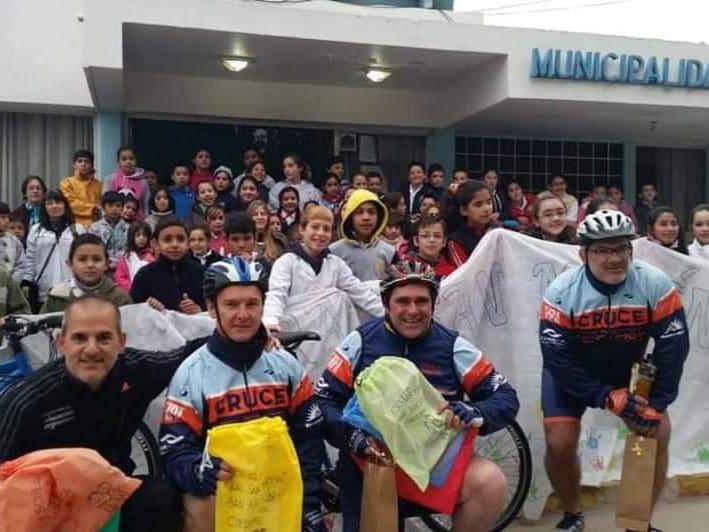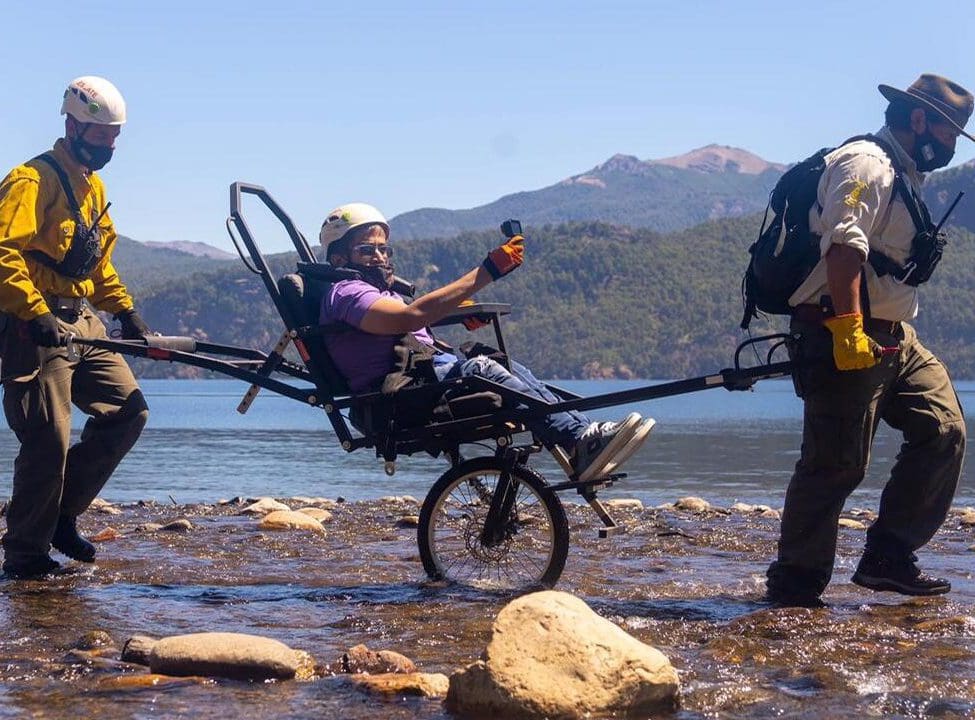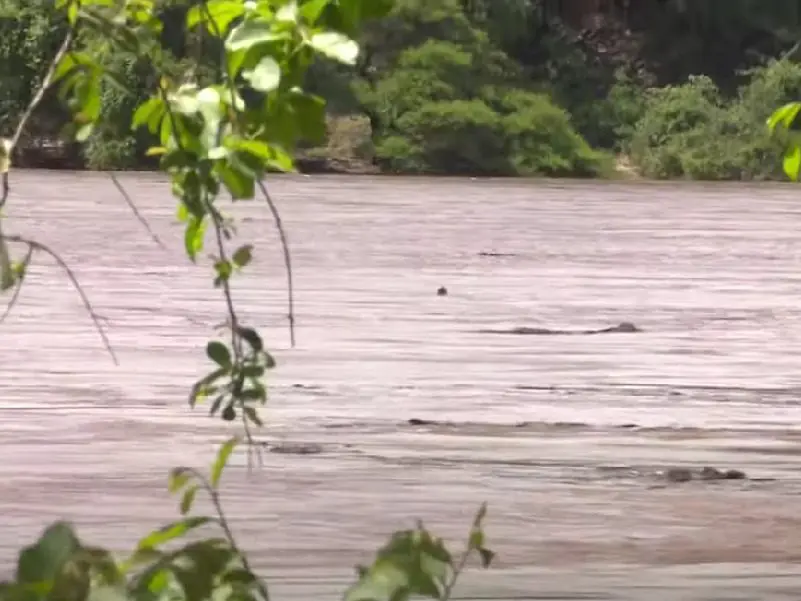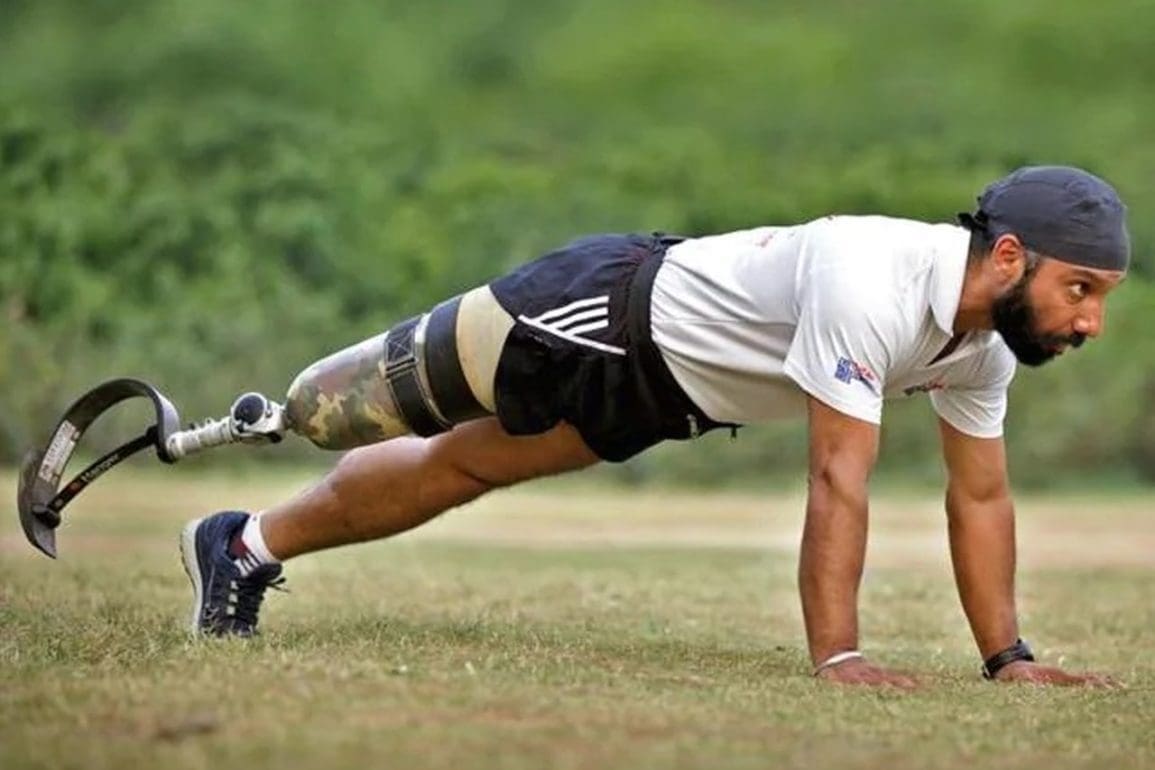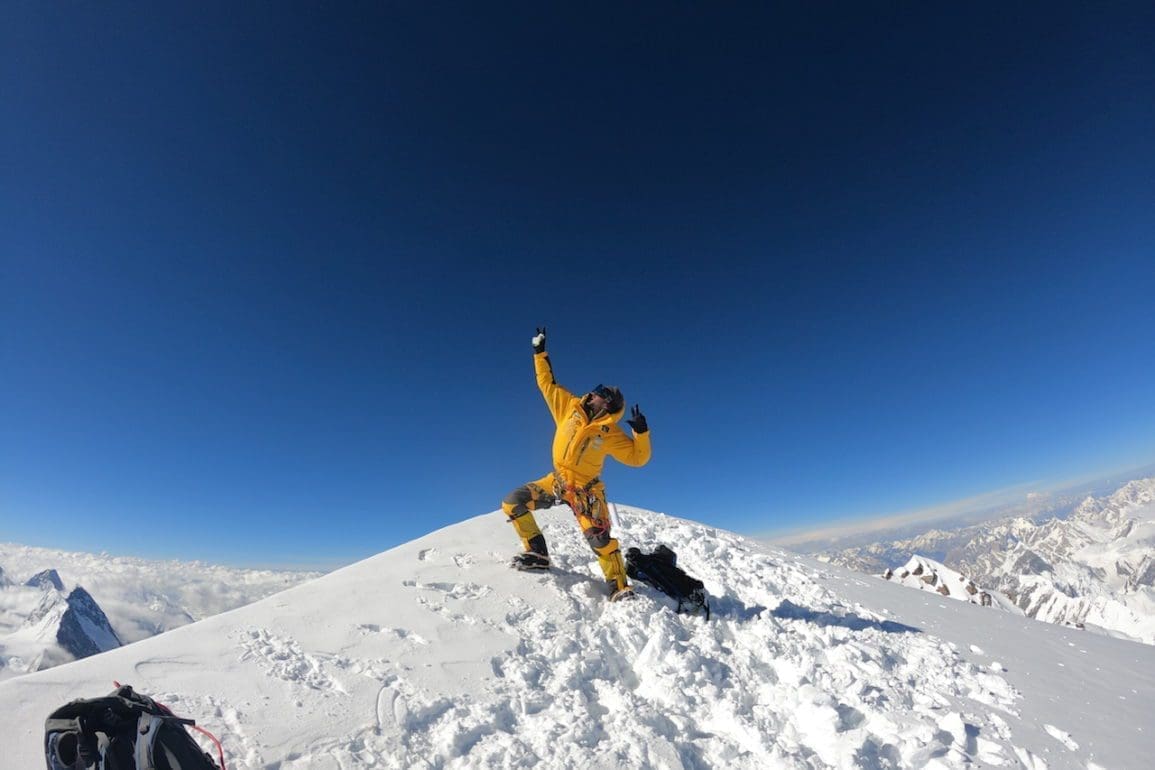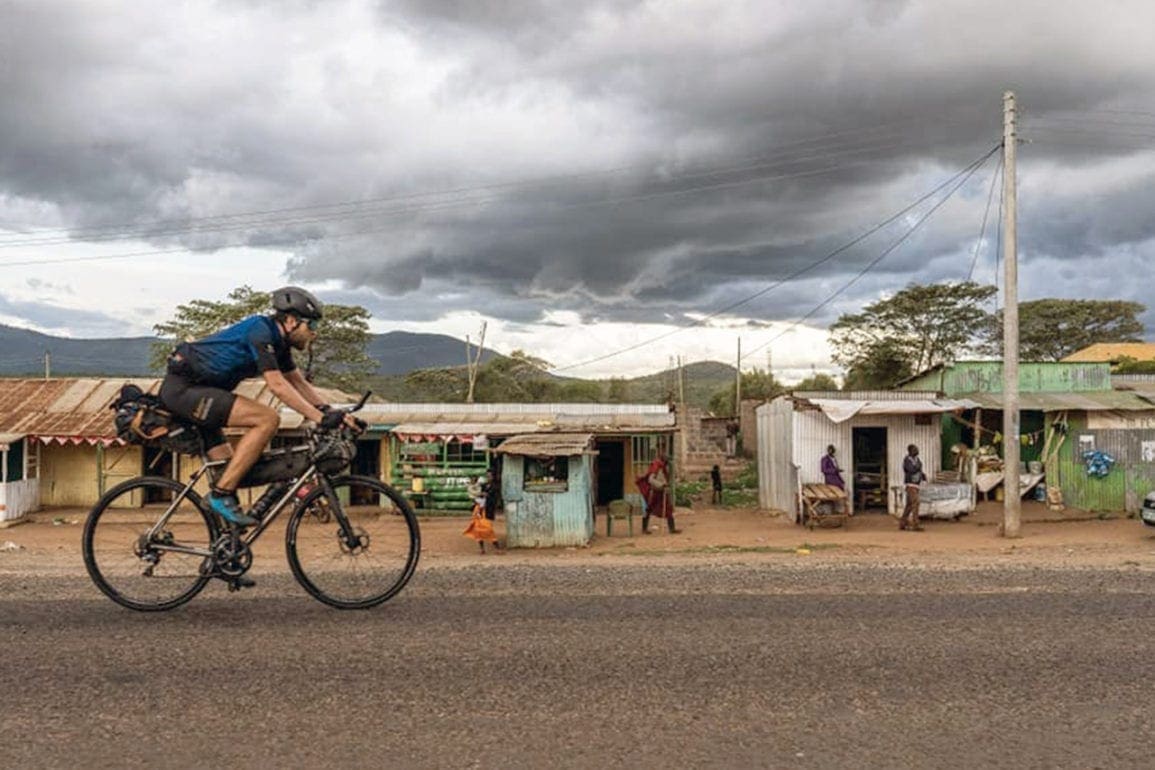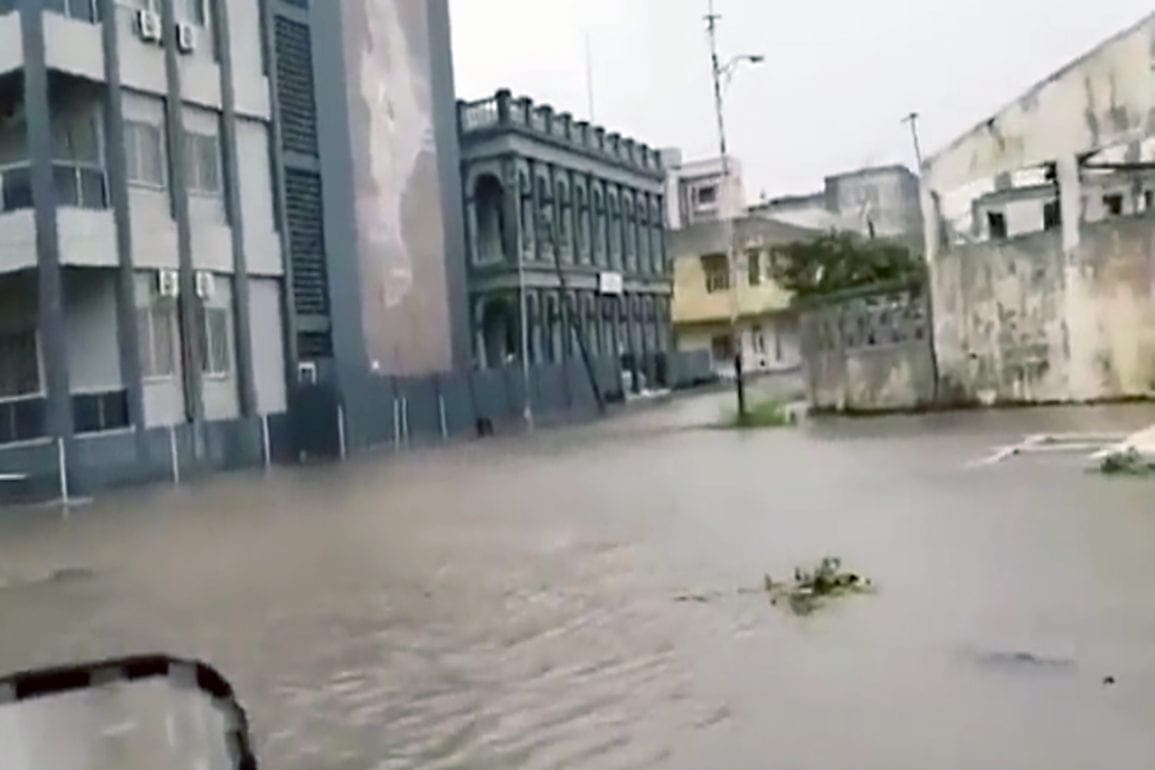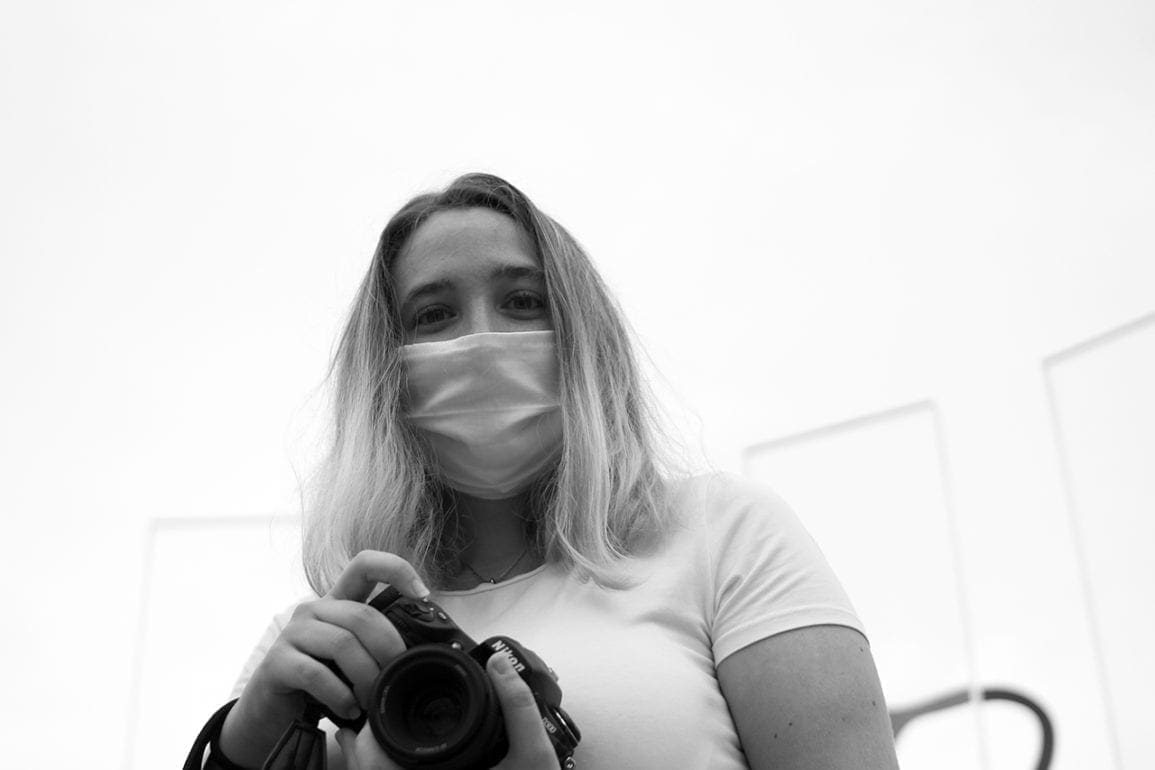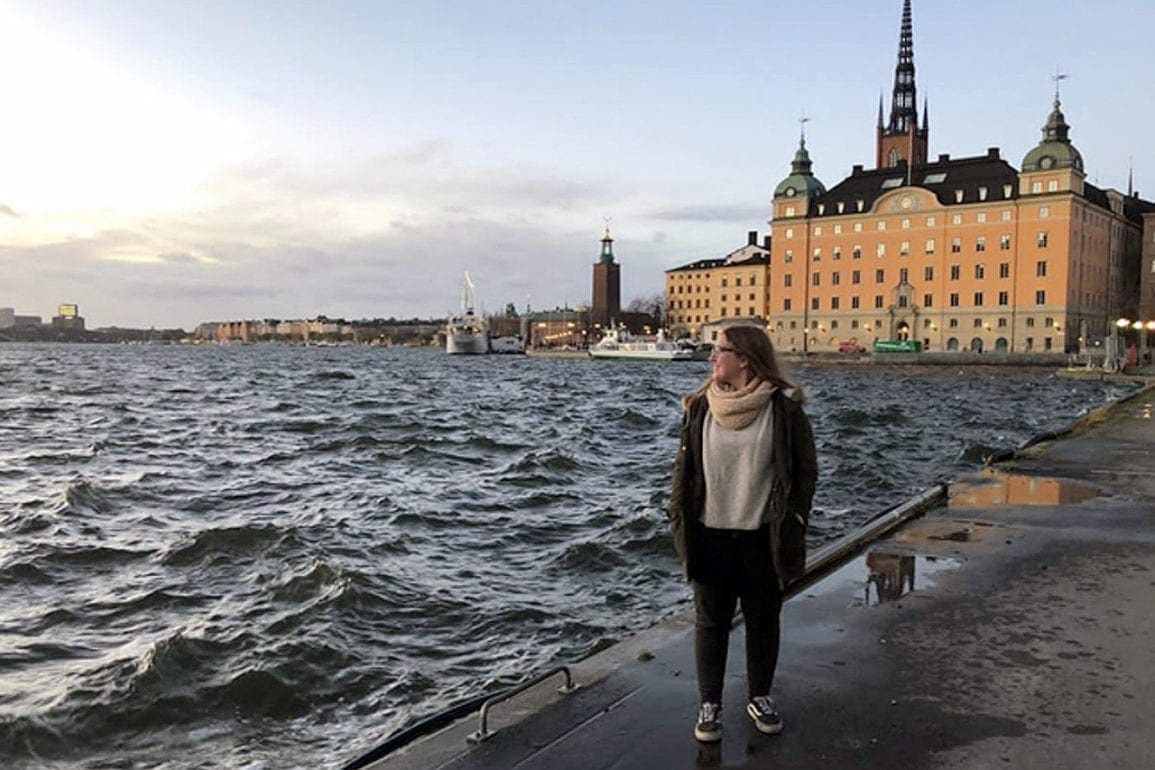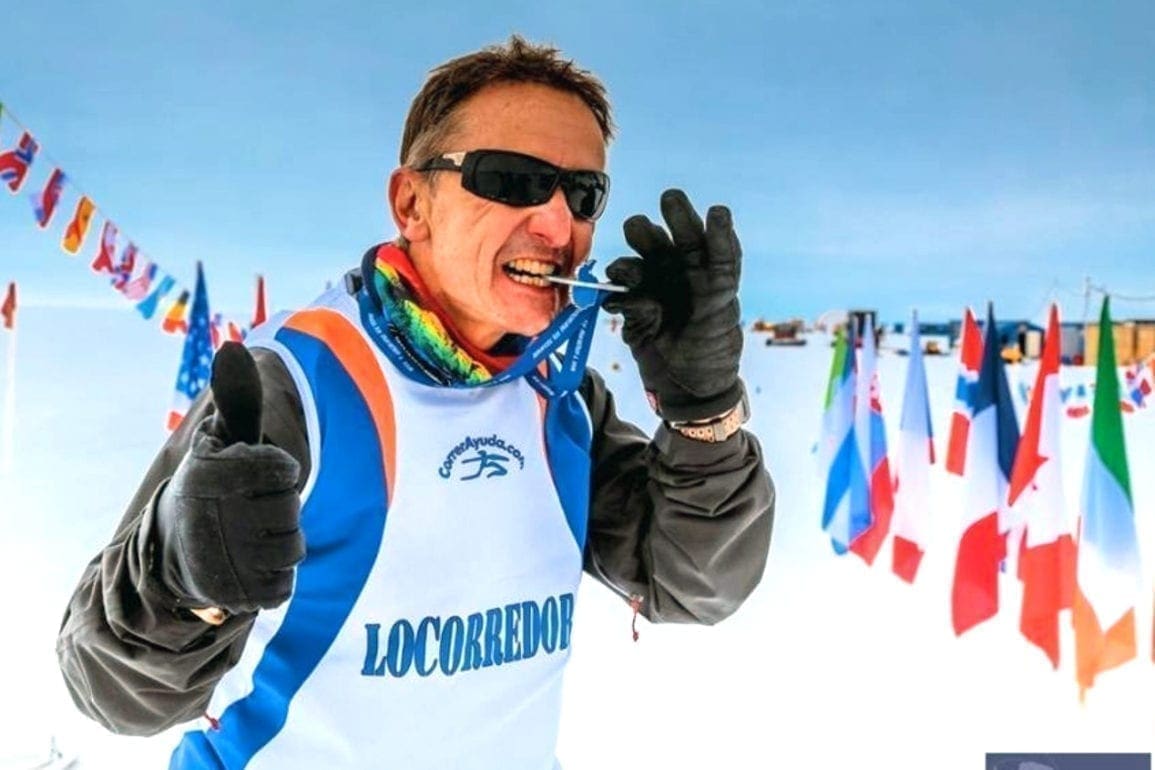Argentine scientists hike glacier in Patagonia to prove climate change
We walked on massive bodies of slowly moving ice and dodged dangers on journey up the mountain. One false step meant falling 30 to 40 meters into a void. If anyone had an accident, our chance to receive emergency assistance was slim.
- 3 years ago
March 14, 2023
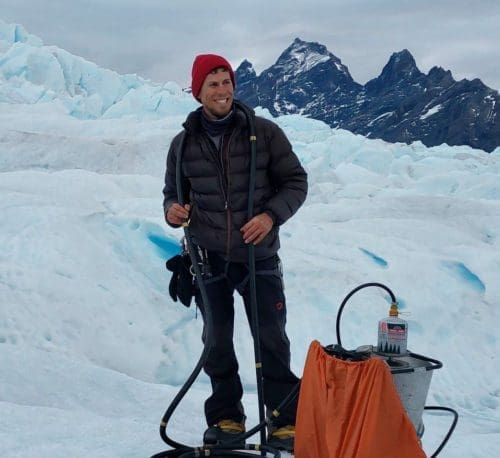
SANTA CRUZ, Argentina — As part of the environmental management team overseeing a dam project in Patagonia, I felt an enormous responsibility. Through the course of our project, we discovered the impact of climate change on river flow but needed to accurately measure the mass of snow accumulation at the top of the glacier.
We walked on massive bodies of slowly moving ice and dodged dangers on journey up the mountain. One false step meant falling 30 to 40 meters into a void. If anyone had an accident, our chance to receive emergency assistance was slim. Despite the fear, our team moved forward with trust and communication.
Two and a half days later, we made it. I stood breathless and dazzled at an immense ice field and a clear blue sky with no clouds or breeze. It was an unimaginable scene. As I heard everyone shout with joy, I remembered the challenges we faced on our way to the glacier’s head, and realized this was nature’s gift. After many years of fighting to complete the project, we finally set foot where we needed to be. Soon enough, we refocused: it was time to take care of the science.
Read more environment stories from Orato World Media
Climate change is here: a dream for the Patagonian icefield
Our team was in charge of an environmental management plan to build dams in Santa Cruz. The area where we worked contained huge environmental importance and allowed us to make a key finding: we figured out climate change affects the process that modulates the amount of water that flows into the river.
As a result, we realized we had to work at a bigger scale to understand the relationship between our glaciers, river, and climate change. We pointed out the need to collect accurate measurements of snow accumulation levels at the top of glaciers. During this time, I experienced uncertainty. The entire team knew the estimate ranges were too broad in our current study. If we wanted to make a difference, we needed to gather exact data. Suddenly, we gained a clear vision: we had to climb as high as we could where fallen snow gets compressed into ice. It was time to face an expedition to Perito Moreno.
The Perito Moreno glacier covers an area of 250 square kilometers and is 30 kilometers long. [The glacier descends from the Southern Patagonian Icefield, 2,100 meters elevation or 6,825 feet in the Andes Mountains], requiring us to travel a huge distance during favorable weather conditions. There were red flags from the start. What type of equipment and survival kit could we carry for one week traveling by foot?
The team encountered many obstacles and bureaucracy, it took us three years after 2017 to get our project approved. When we finally received the green light in 2020, we attempted our first expedition.
Perito Moreno proves an expedition with unprecedented challenges
On our first trip up the glacier, we went by boat, and as I prepared my backpack, I experienced a flashback. I had visited the glacier once before my scientific journey. It felt like yesterday. I was 18 years old and in awe of its beauty. I thought about it the entire route heading towards the Perito Moreno. Once we were at its feet, the team put on crampons and celebrated with immense joy. After a year of struggle, we were about to fulfill our dream. I recall standing there, completely overjoyed, feeling the energy run through my body while time froze.

The finer details of the logistics proved difficult and confirmed our fears. Reaching the highest part of the glacier demanded all our energy. We first assembled the equipment and reviewed the best dates to reach the accumulation zones. After all our efforts, we realized we had to come back and try again in October of that same year.
October arrived in the blink of an eye. The entire team experienced great anxiety as we spent 15 days waiting for a window of ideal weather with no luck. Unfortunately, we packed and returned to Mendoza, planning to go back in November. During the third attempt, two months later, we tried our luck landing a helicopter, but the gale was strong, and we failed again. Everyone lost their patience and the project ran the risk of getting canceled.
The fourth time is a charm, scientists reach the Patagonian glacier’s head
I felt desperate, and like the rest of us, tried to convince them otherwise. The team ended up planning a last attempt for 2022. Time flew, and the next thing I knew, we had clear skies and I waited with my ski boots and equipment at the helipad near the shorelines.
A helicopter appeared on the horizon, and the team began to load the equipment. Suddenly the pilot approached me and said, “I have an engine failure. We can’t go on.” I stood there bewildered and shocked. We had to return to Mendoza, but the team refused to give up. The fourth attempt had to work. We decided to go by foot and needed a solid team and strong mountain guides. Despite our courage, we knew it would be tough to find the right people for the journey. Meanwhile, we continued our research at the edge of the glacier.
Before the big hike, the team walked a 14-kilometer area. During those long walks further from the edge, we stayed overnight halfway through and then went back. We were getting ready and lacked enough people for the last stretch to the glacier’s head. Luckily, we reached out to an experienced guide. The team had to place trust in him based on recommendations. We gained the courage to complete the journey to Perito Moreno. It was one of the best decisions we ever made.
The expedition felt so demanding physically and mentally. Ten of us walked through dangerous grounds, taking an enormous risk. Despite our preparations, the experience felt nerve-wracking. The glacier is such an inhospitable place where a missed step could cost our lives. Once we reached the glacier’s head, everyone felt exhilarated. We had no time to lose; we could not stay relaxed to contemplate the landscape.
Data gathering project proves successful
We had three days to work, so we sprang into action using our tools to gather the data. I hyperventilated at times. While it seemed like a magical moment, I felt the pressure. We walked 15 to 20 kilometers a day, had little to no sleep, and ate small portions of food until the team reached the iconic Reiger Pass. A dream come true, the weather continued to hold, and we stepped into an immense field of ice and blue skies.
Once we finished our study, the descent took 15 kilometers back to the second camp. Afterwards, we walked another 18 kilometers to base camp. The mission was a success, and we returned to base with everyone safe and sound! Each member of the team jumped and hugged each other. We wanted to gather data to create awareness of climate change, and we did.
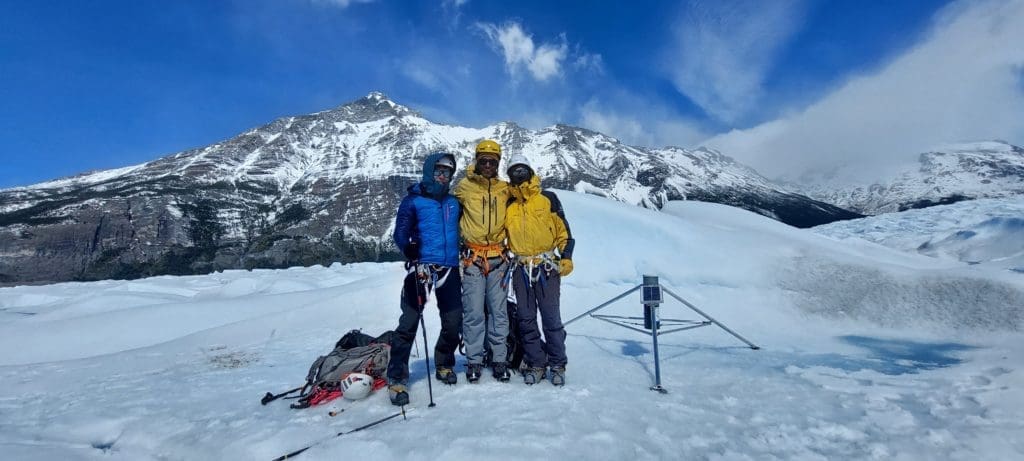
Even though other groups of scientists performed research in the past, we are the first to reach the glacier head to conduct a measurement of the spring’s concentrations. The result proved us right: there was evidence that Perito Moreno lost its equilibrium due to climate change, but it keeps a less stable position thanks to internal processes of glacier dynamics.
What we mean by that is that everything accumulates in the upper part, which means all fall off and melts are at the bottom. Although, it can be overlooked, eventually that melted ice falls somewhere. Now we await the final results.
Scientist finds out a glacier is a body full of magic
I felt amazed during the entire expedition, walking through places other people could not even imagine. It was a magical land full of peace and a sense of magnificence. I walked through a giant space where there was only silence. It was overwhelming and unforgettable.
During the long walks, I recall a special moment: a puma came across the group, and everyone abruptly stopped and slowly walked past the big cat. It took us about half an hour to lose sight of the animal. It seemed other worldly. We all remained calm and continued the journey. Not too long after, we encountered a Bandurria standing in a field, in the middle of nowhere. The bird noticed our presence and flew away. It was spectacular.
I realized the morphology and dynamics of the glacier evolve, but climate change is relevant. I witnessed the changes Perito Moreno undergoes at such height. On top of everything, the guide amazed me, he knew where to take us in such ruthless conditions. Guides are key because they know the locale and can observe changes and provide information.
I am proud of what our team did. After our research, I noticed a genuine interest not only from scientists but from society in general. The people who financed the project are living proof. They are Argentines and do not represent an international organization. In the future, I want to return with the team to make new measurements and continue to bring awareness to this issue.

